We had deliberately stayed in Nordlingden last night so we could have a last night in a quaint little medieval town rather that a large city. I’m sure Frankfurt has plenty to explore and see, but the odds we’ll be back here are probably higher than in the tiny medieval village we got to stroll around last night. The drive to Frankfurt wasn’t particularly long, though it was punctuated by plenty of roadworks and quite a lot of heavy traffic – being a Sunday afternoon there seemed to be plenty of locals returning from the lakes areas to the city after a weekend of ‘wandern, schwimmen und grillen am see’. Still the weather was bright and clear and there are worse places to be spending a few hours on the road than a German autobahn.
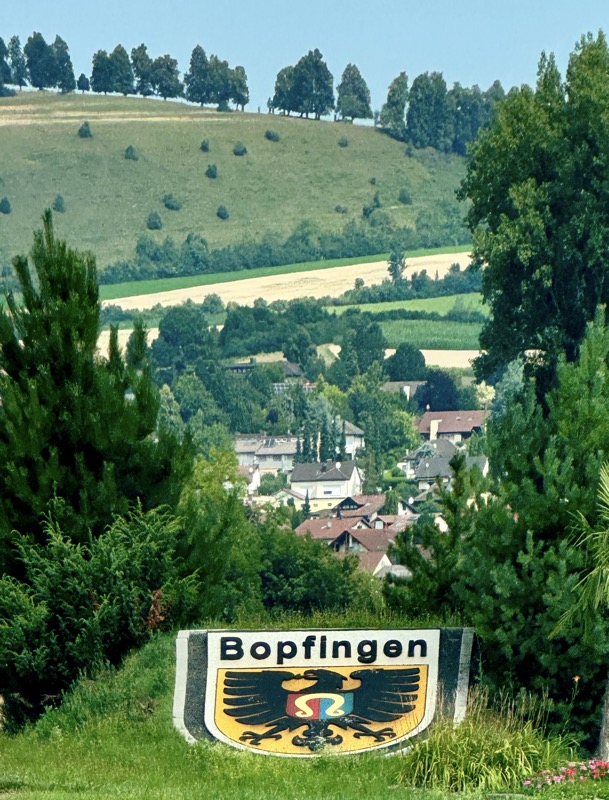
Frankfurt is a fairly large central German city on the Maim river (often called Frankfurt am Maim) and is quite the major financial hub. While the alstadt is known to be quite beautiful, it is also known to be quite touristy as there are not a huge amount of major tourist attractions in Frankfurt, and most visitors are here for work purposes. Frankfurt was a city state once upon a time and known as the Free City of Frankfurt for nearly five centuries. It was one of the most well known and important cities in the Holy Roman Empire – it was the location of the empire’s Imperial coronations for all that time, but eventually lost its sovereignty when the empire collapsed in 1806. It briefly regained statehood in 1815 but lost it again when it was annexed by the Kingdom of Prussia. Since the end of WWII in 1945, Frankfurt has been part of the state of Hesse – the capital of Hesse in fact – in modern Germany.
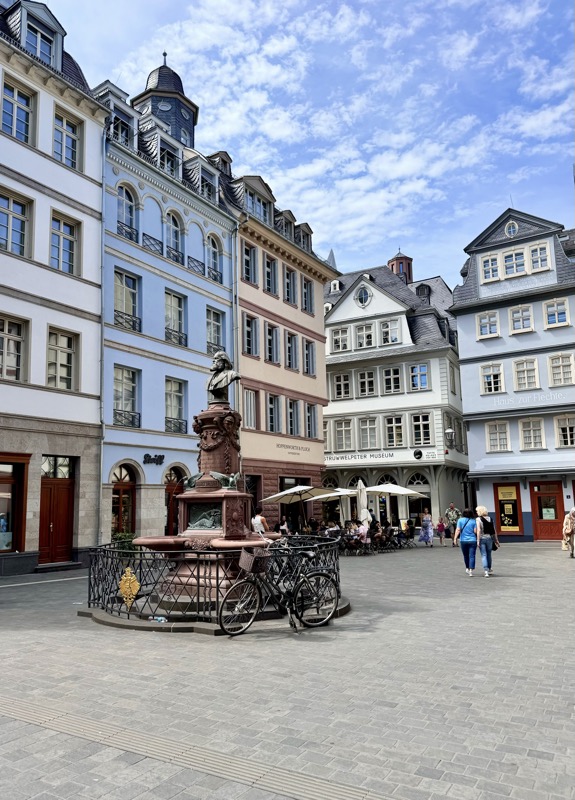
Like many of the cities we have been visiting, Frankfurt was extensively bombed in WWII, and had some concentration camps satellite to the city that housed mostly young women in forced labour camps. About 6000 Frankfurt residents were killed and the famous medieval city centre, which ast the time was one of the largest city centres in Germany was almost completely destroyed. About 40% of all buildings in Frankfurt were reduced to rubble. At the end of the war in March 1945, the Allied forces advanced into Frankfurt to take the city in an extended urban combat over several days of intense fighting before the German military eventually retreated.
The Römerburg makerplace in the Alstadt… most of these timber houses are reconstructions of the medieval buildings that were here prior to WWII.
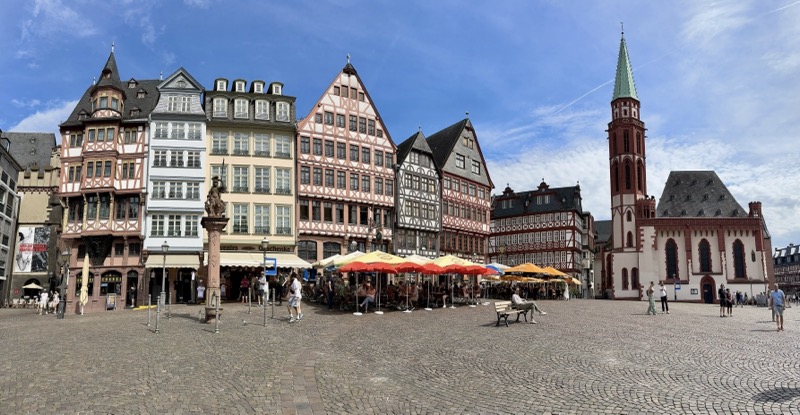
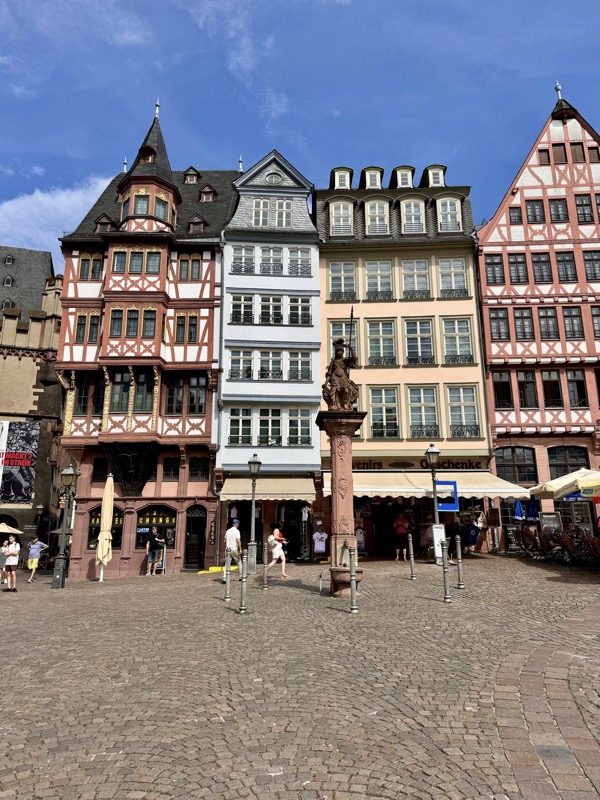
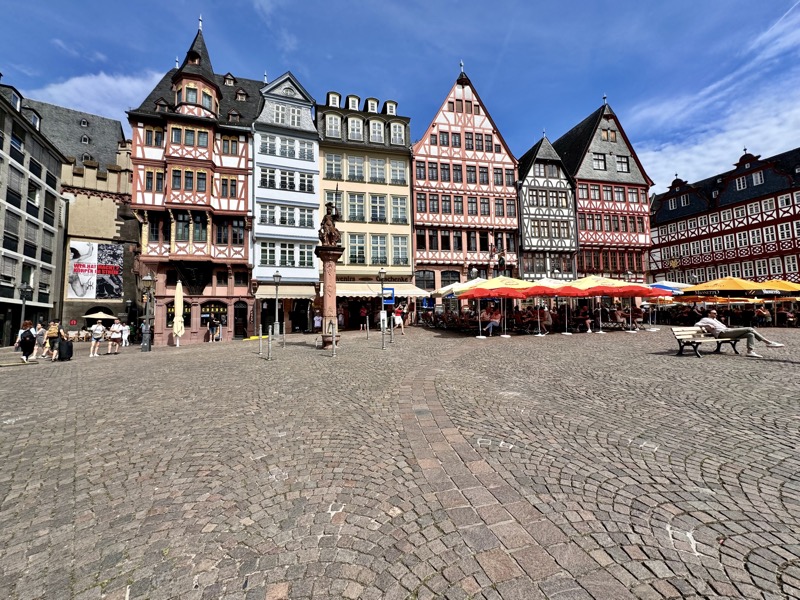
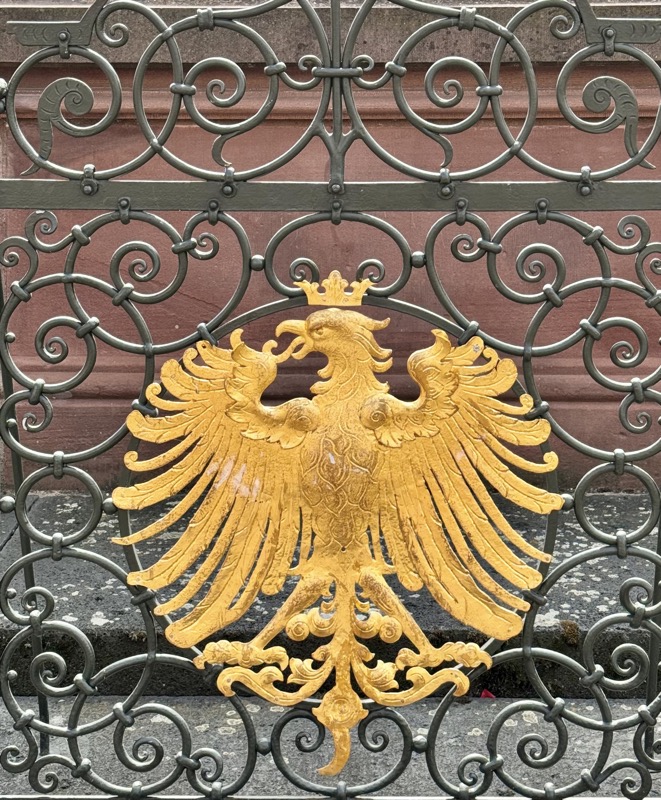
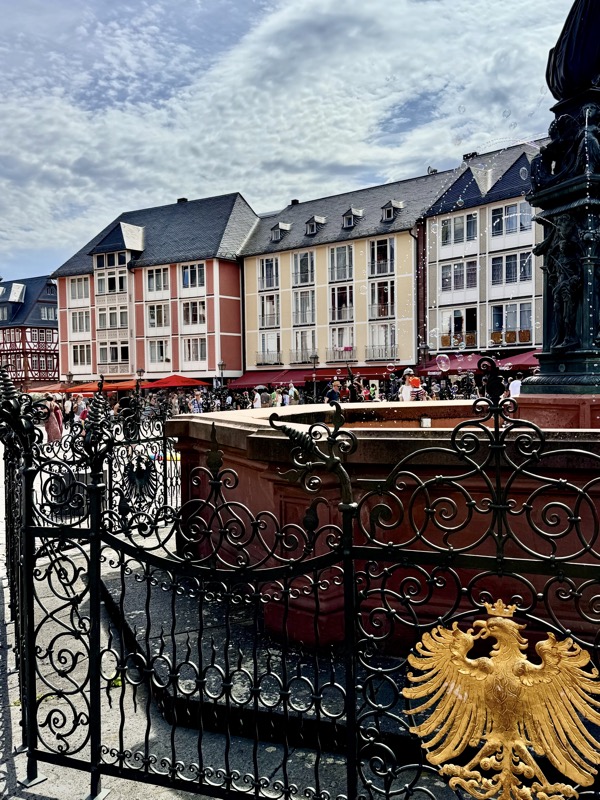
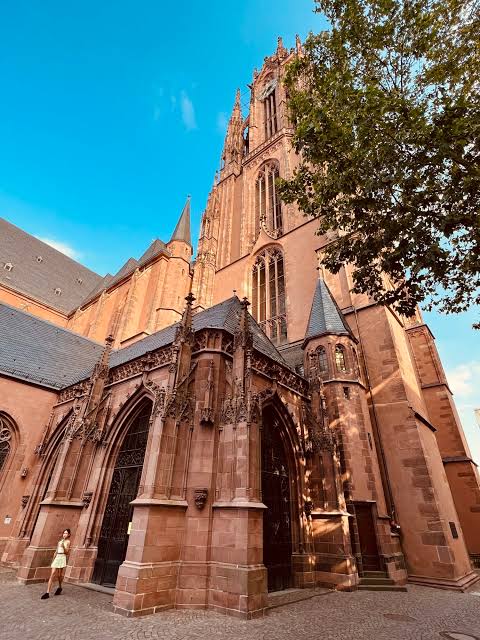
The Frankenfurter Dom or Frankfurt Cathedral (also known as the Imperial Dome of Saint Bartholomew) is one of those cathedrals that the city surrounding it has crept up to its doors and you can’t step back to get a good look at the facade. It is the largest place of worship in Frankfurt and is a Roman Catholic Church. The first church on this site dates from the 7thC and this structure was completed in 1550s and underwent significant reconstruction in the 1990s. In theory the city of Frankfurt secularised the church, but it is still largely at the disposal of the Catholic Church (no idea how that works exactly – I think it gets maintained by the city but is mostly utilised by the Catholic church and sometimes by Lutheran church as well?).
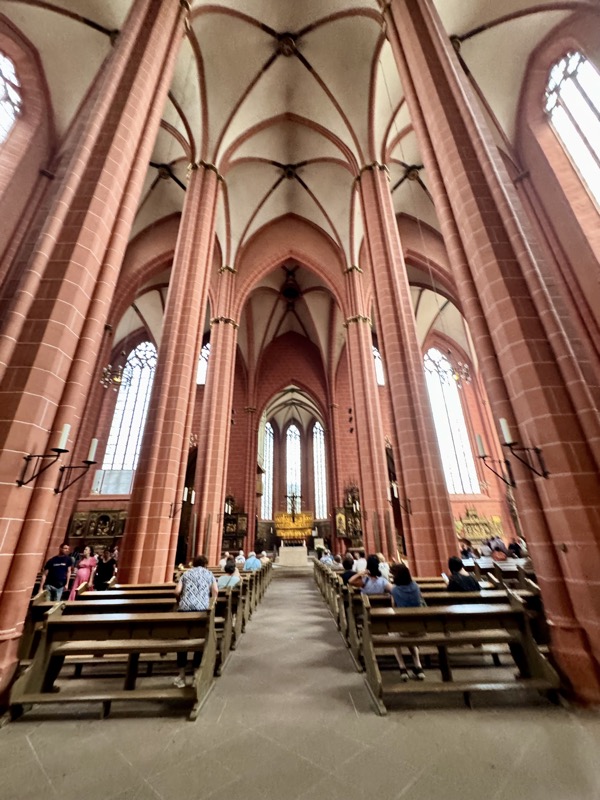
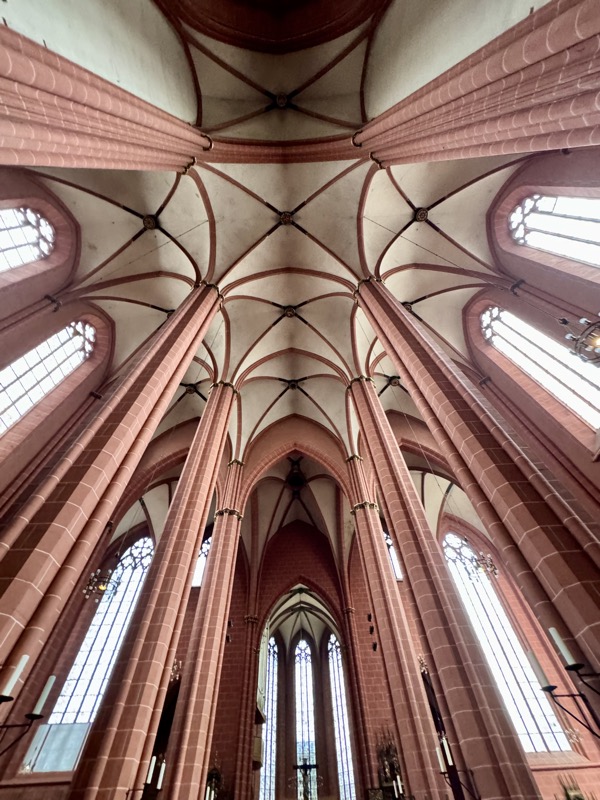
It’s built in the high gothic style of the 14th-15th centuries with gorgeous vaulted ceilings and stained glass. It has gone through numerous reconstructions, including a severe fire in the 1860s, and of course damage during the bombing raids of WWII. It’s renown for it’s distinctive red sandstone construction.
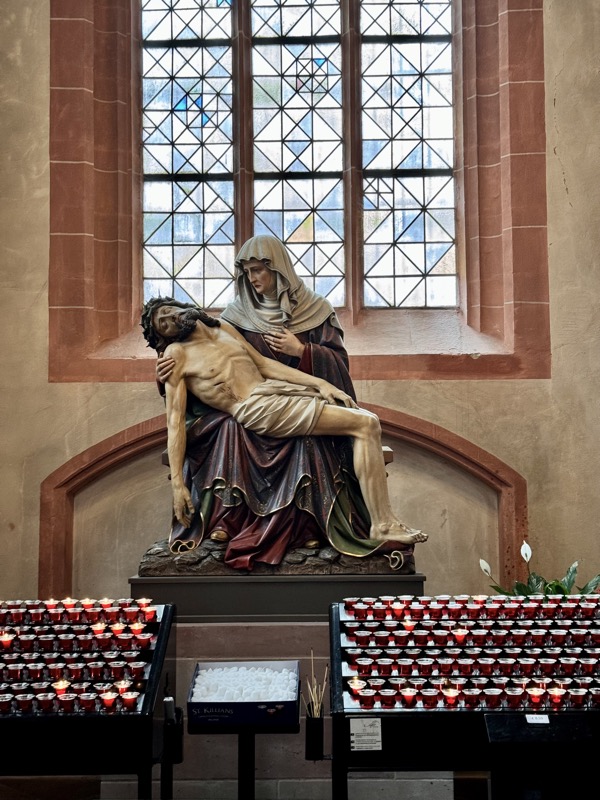
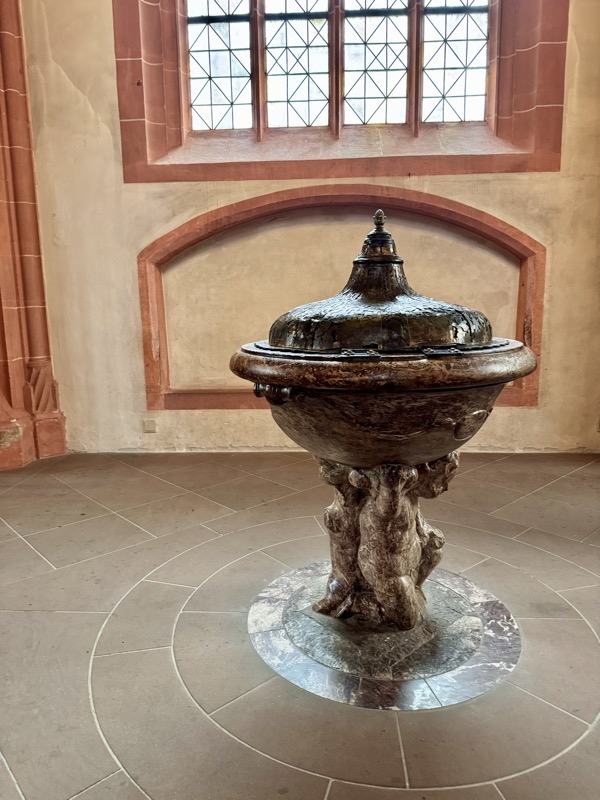
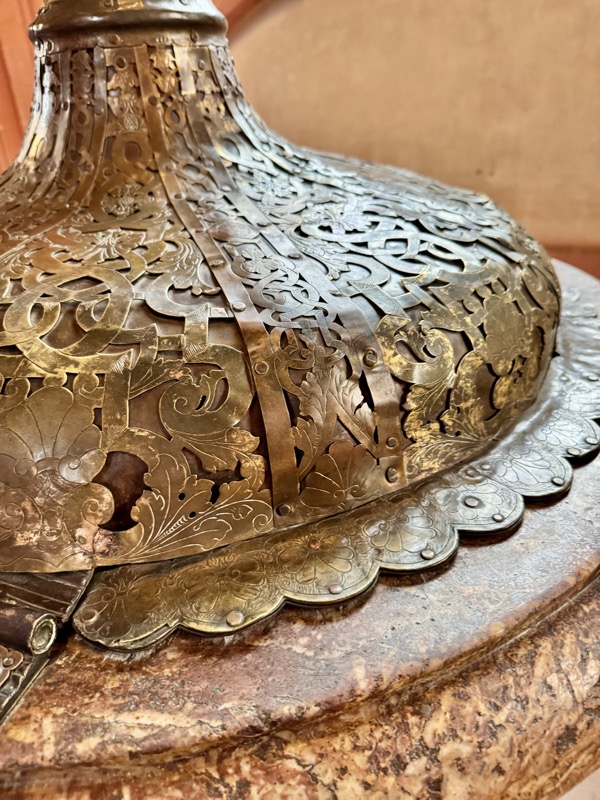
There appear to be a wide variety of interesting artworks scattered thought out the cathedral – heraldic achievements, altarpieces, fonts, frescoes, but scant little information available on any of it… in German or in English. Even googling up info on the artworks in the Frankfurt Cathedral now is revealing very little. I have a suspicion most of the pieces here are reproductions.
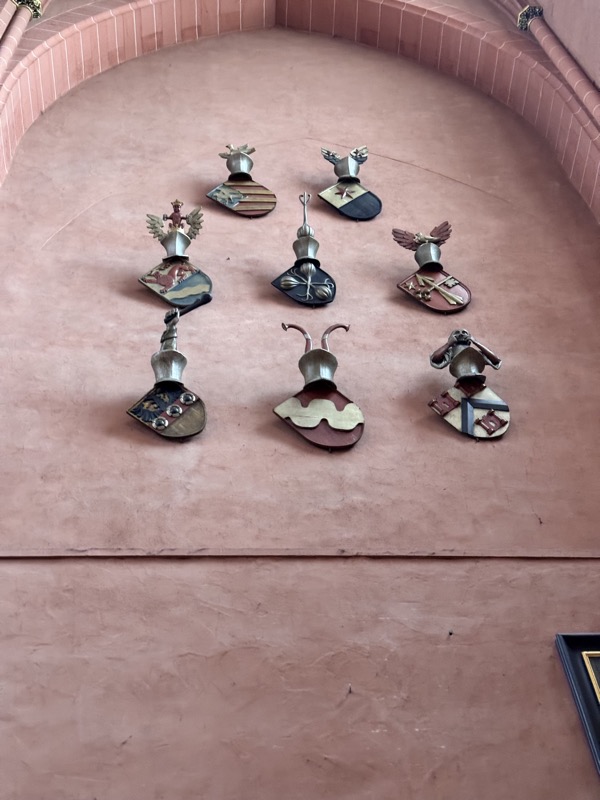
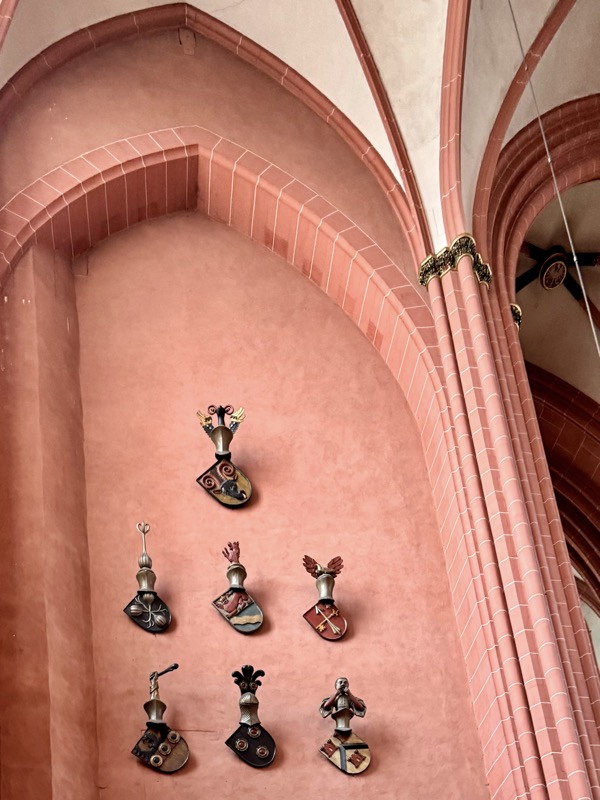

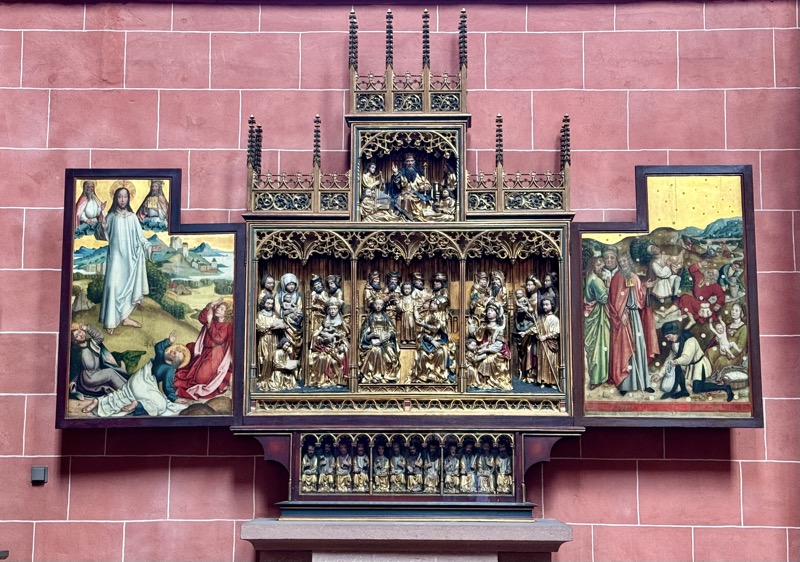
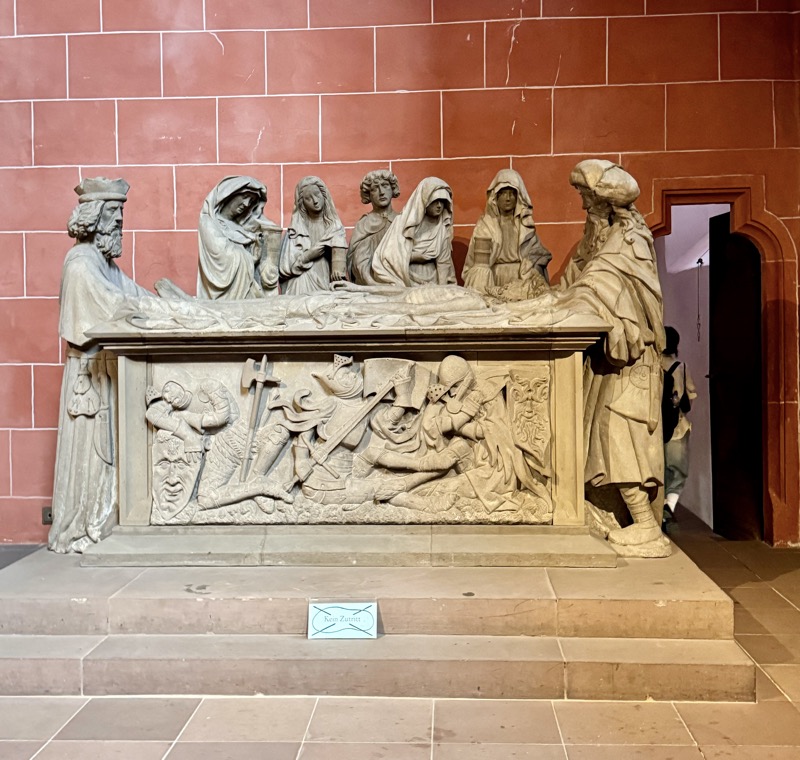
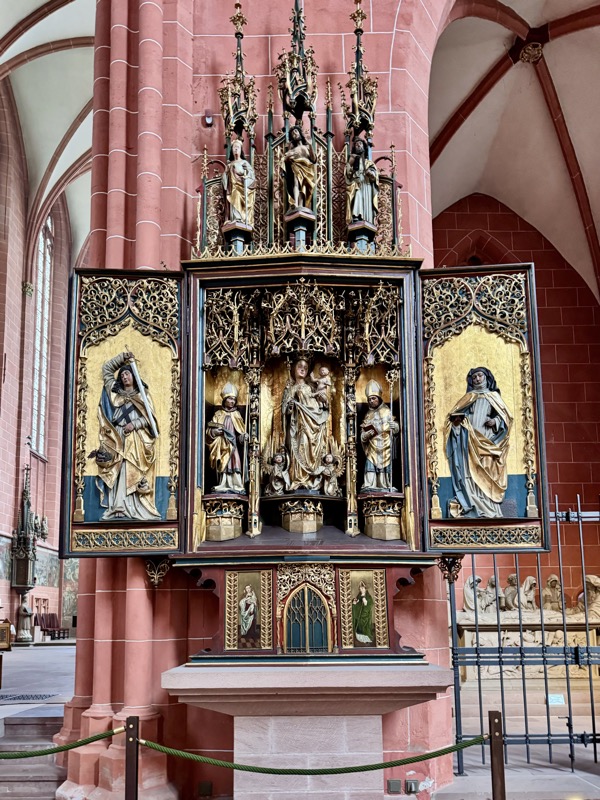
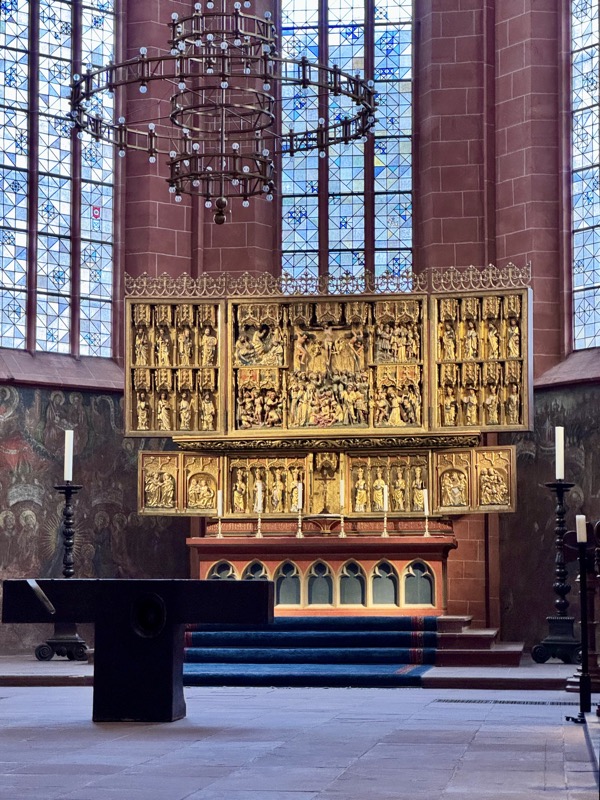
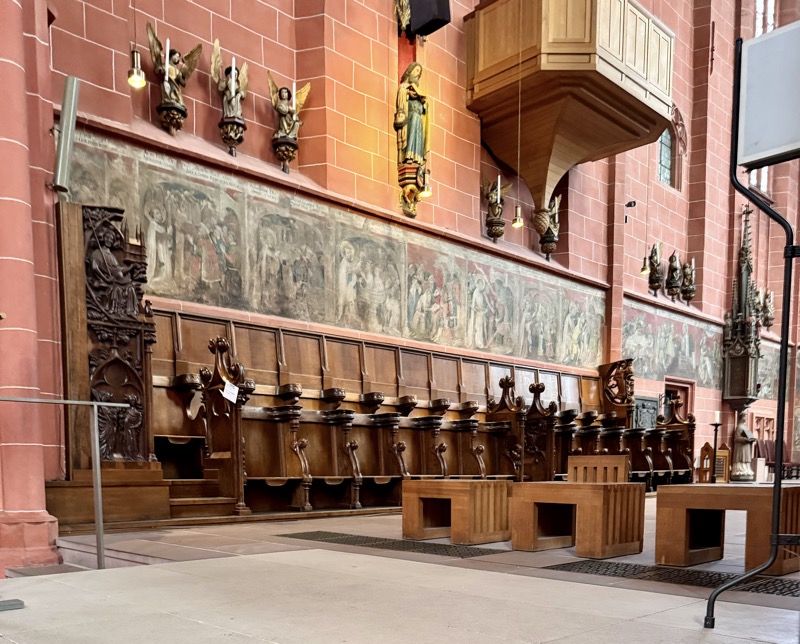
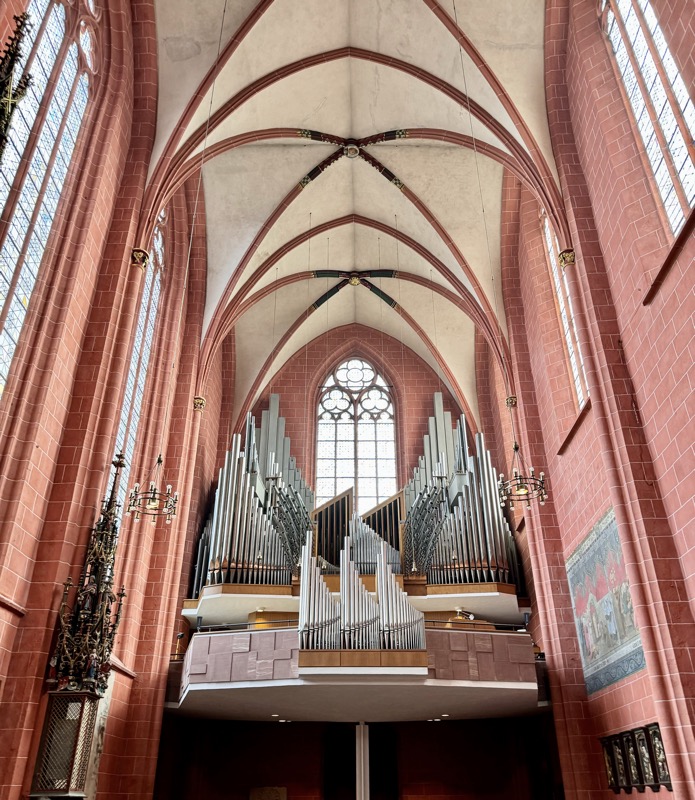
I don’t particularly enjoy walking through these historically important sites surrounded by what look like artistically important works and not being able to accurately identify any provenance for any given piece. It feels like you’re getting only half of an impression of what you are looking at…
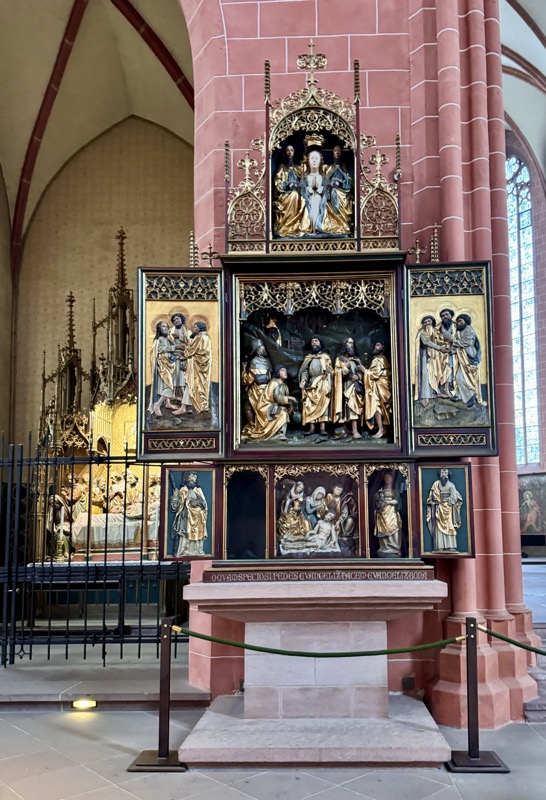
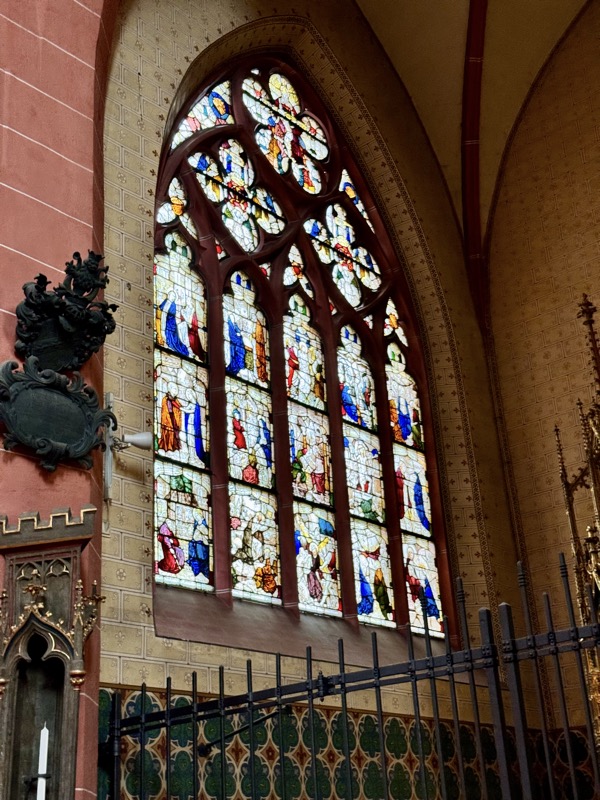
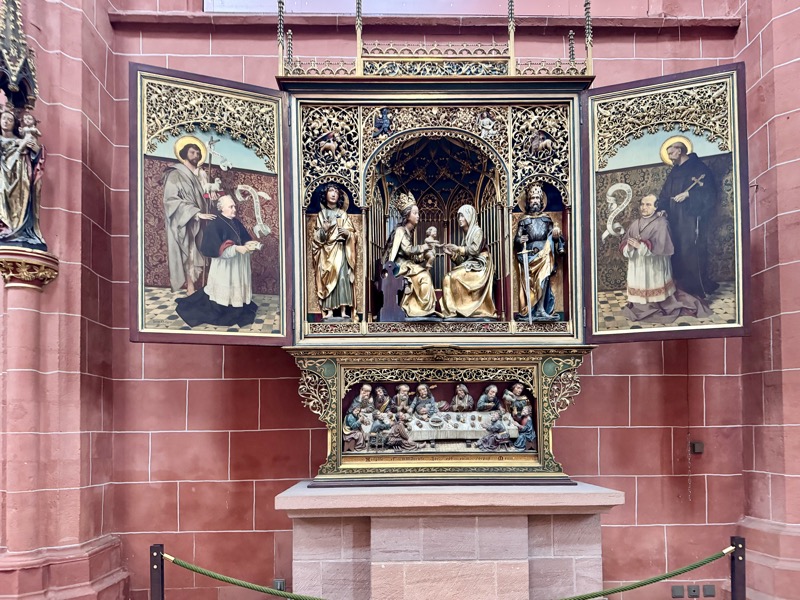
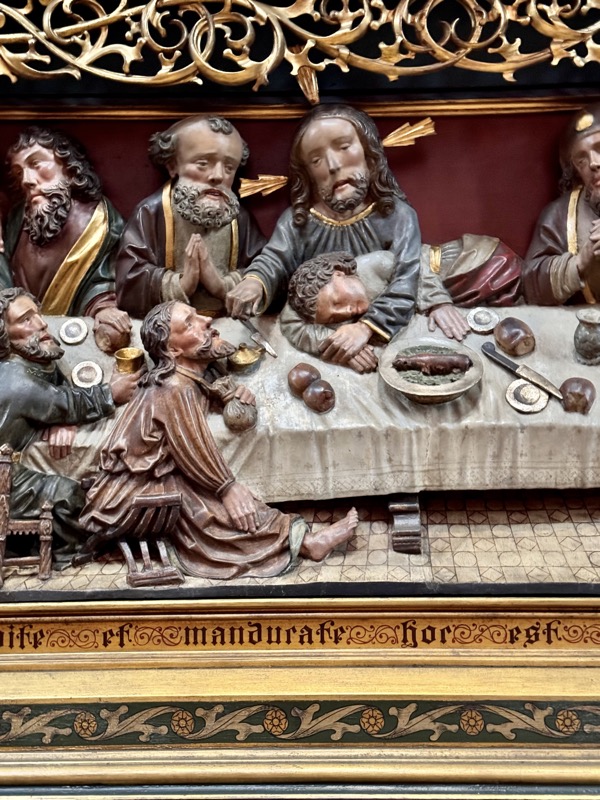
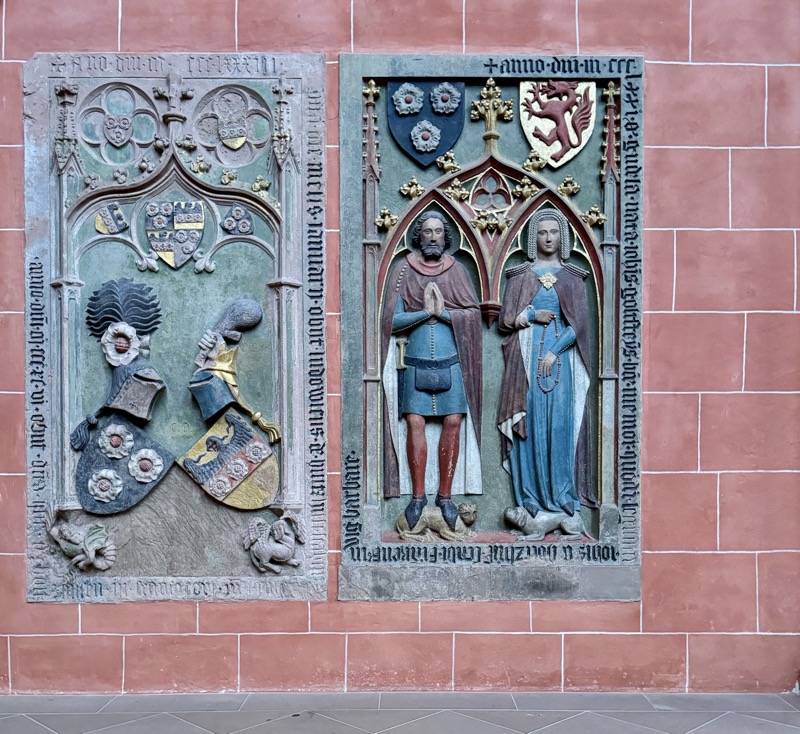
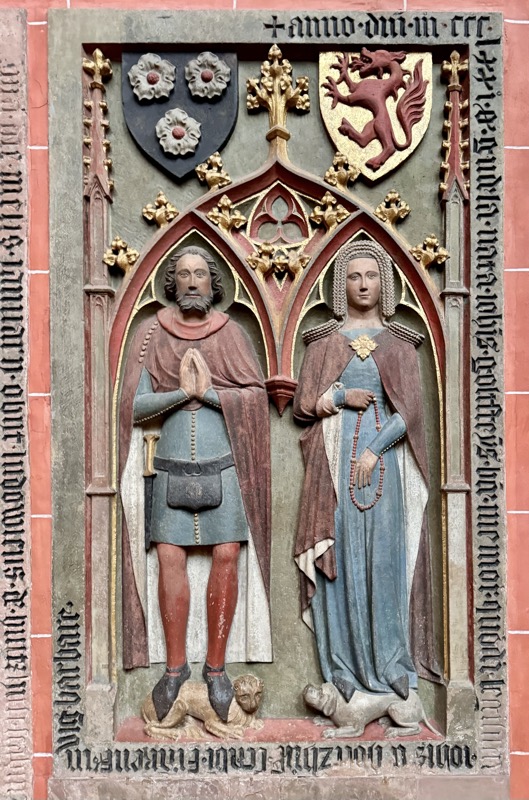
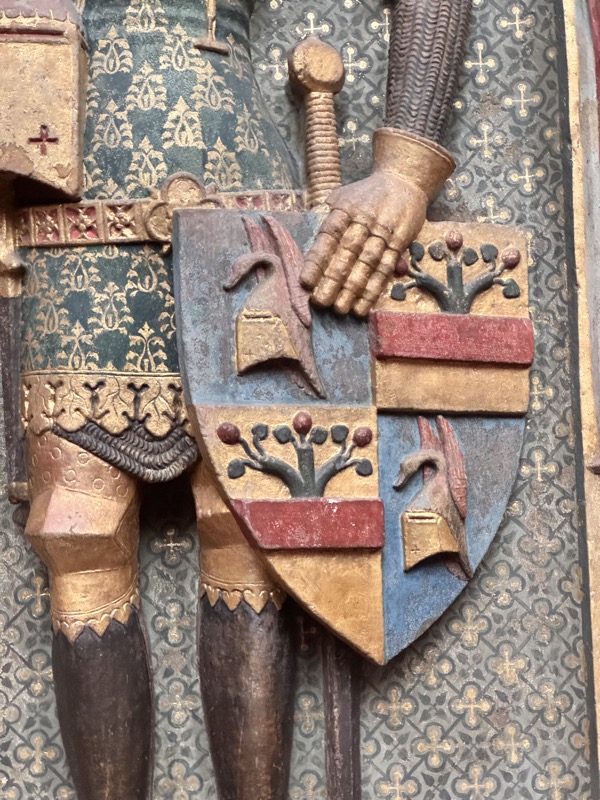
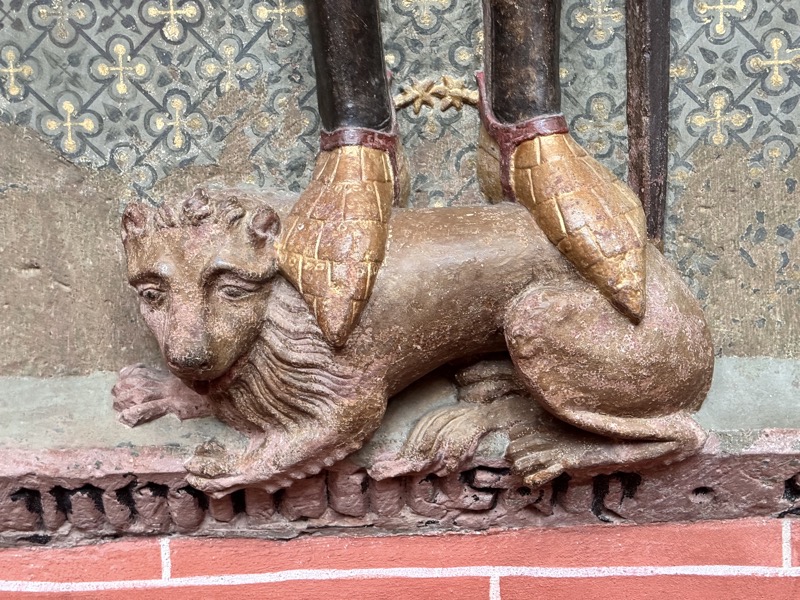
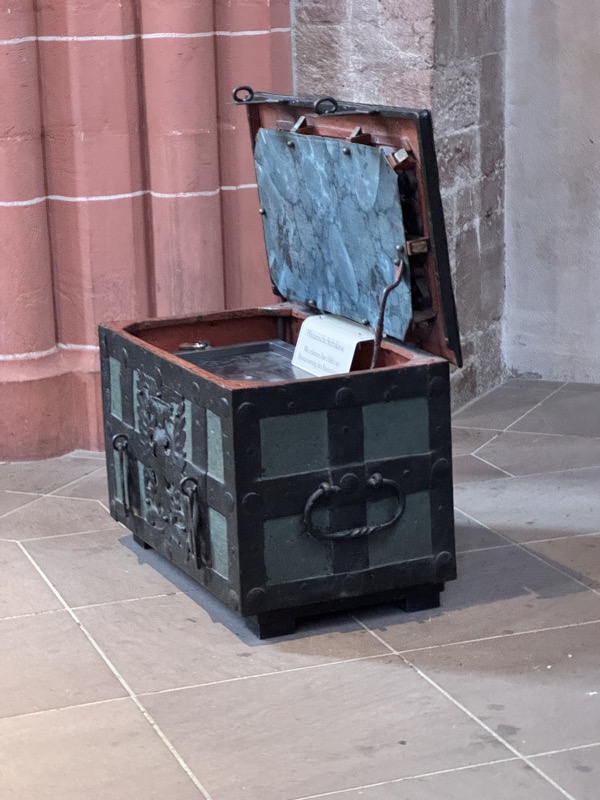
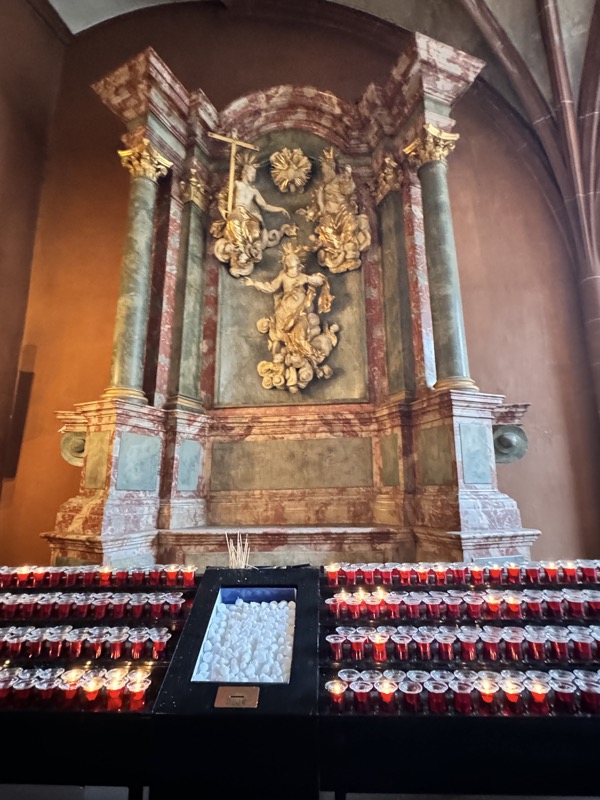
Anyway, due to the lack of information and context, we were not in the Cathedral very long; before we knew it it was time to start out transit back to the airport and then it would be time for the long transit home.
Thankfully the transit home was way less eventful than on the way over!

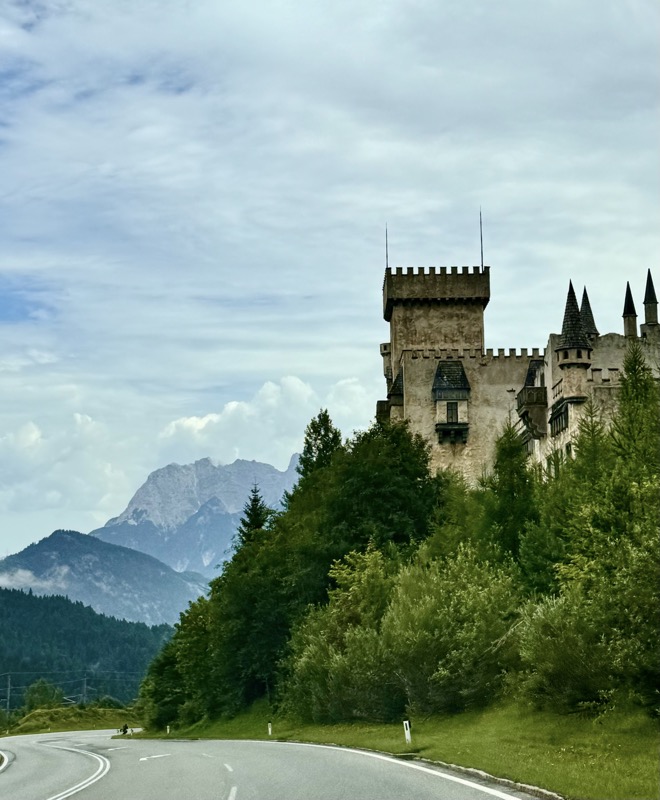
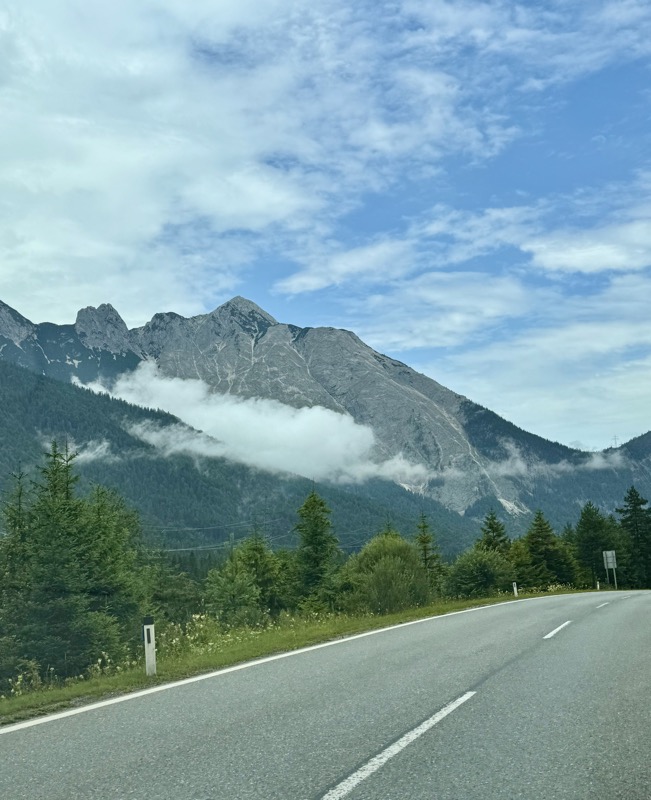
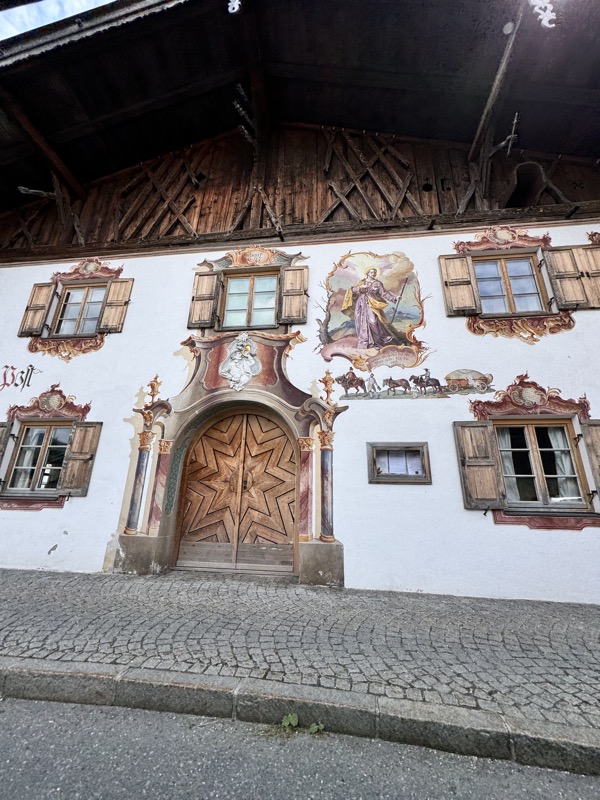
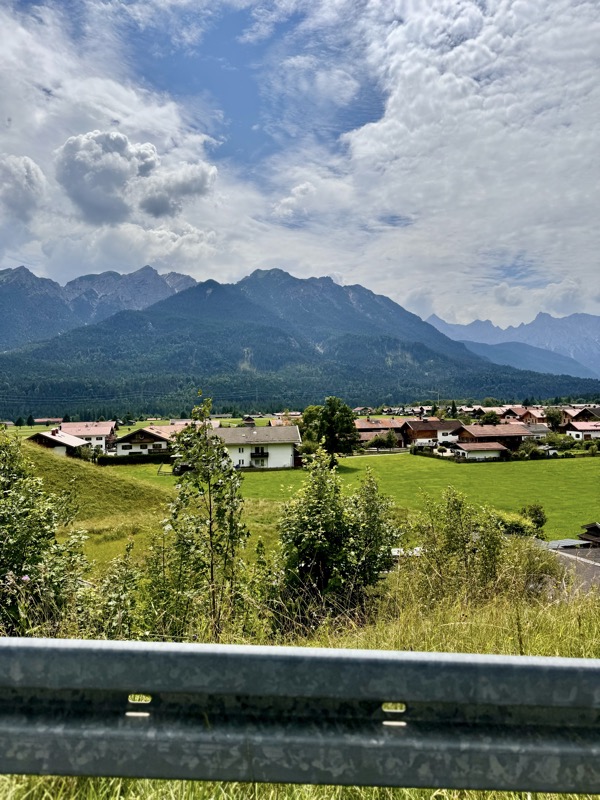
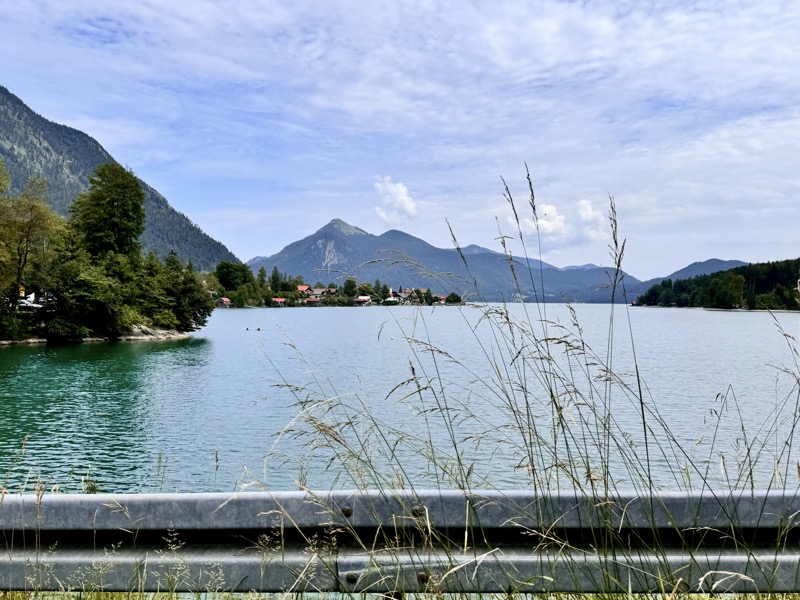
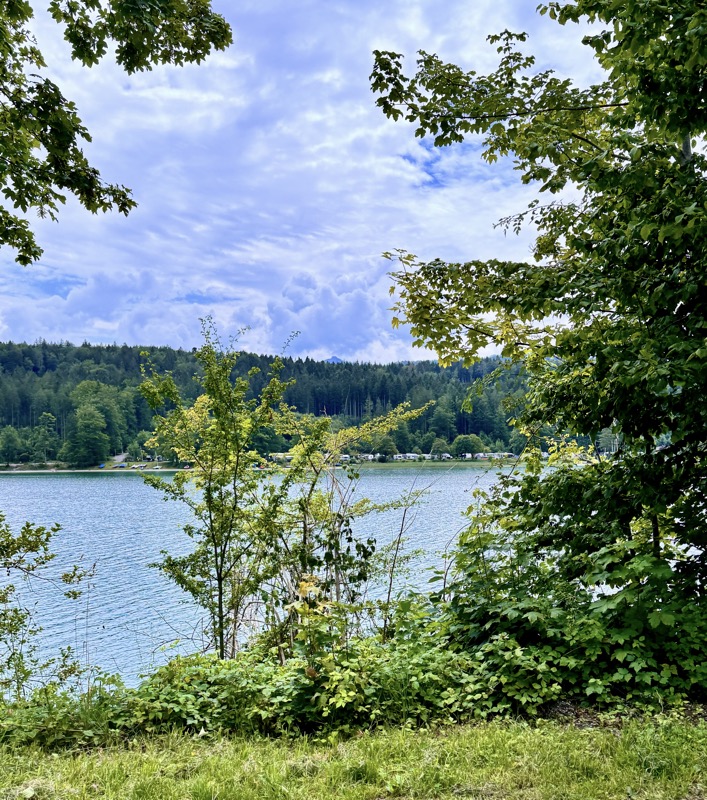
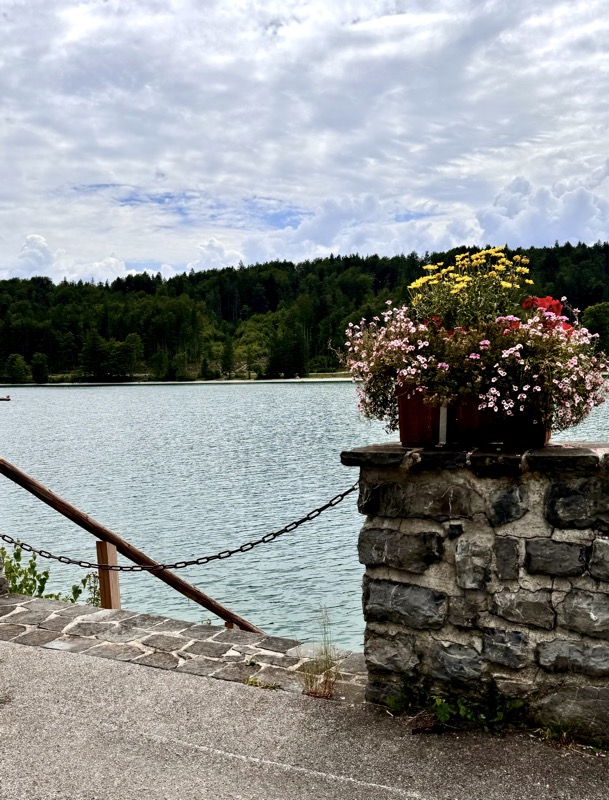
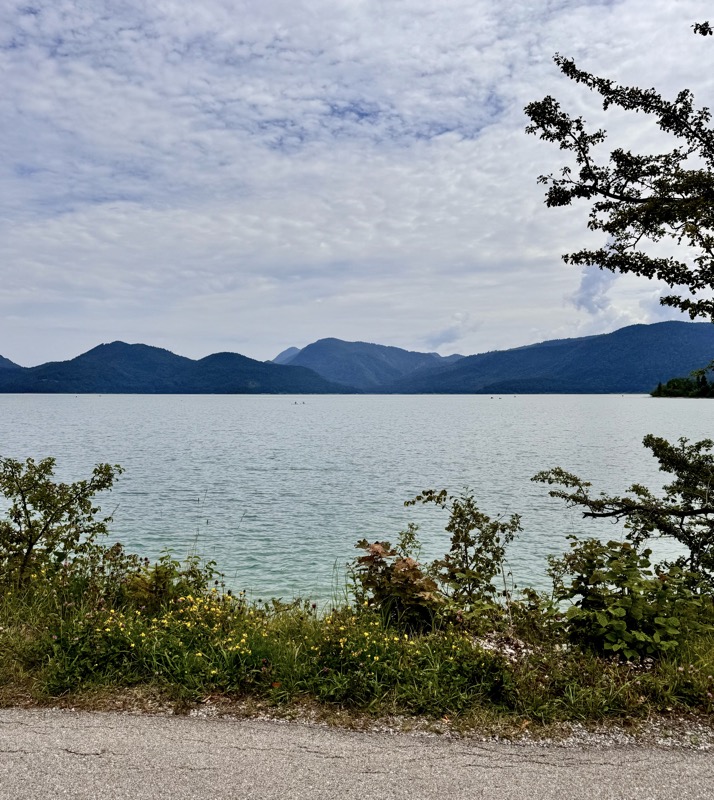
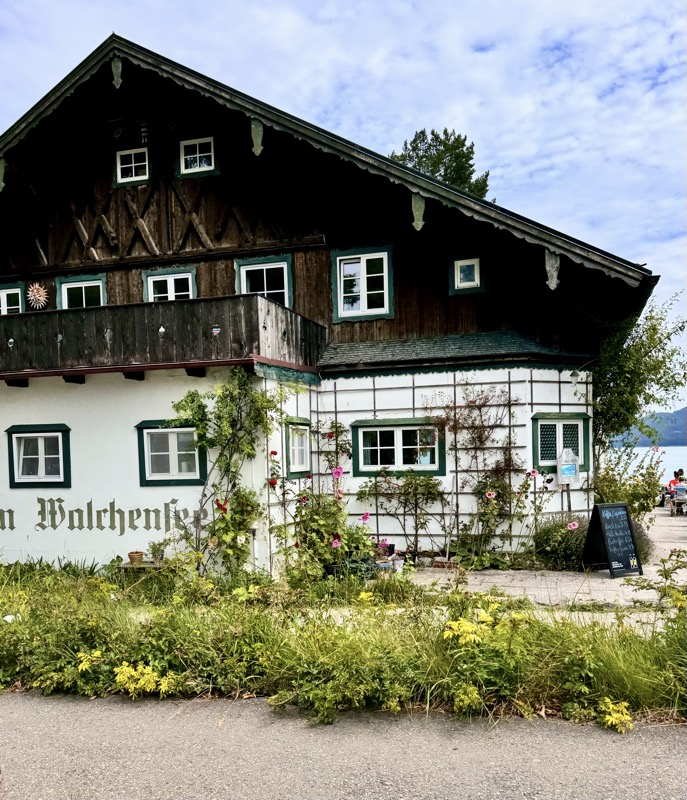
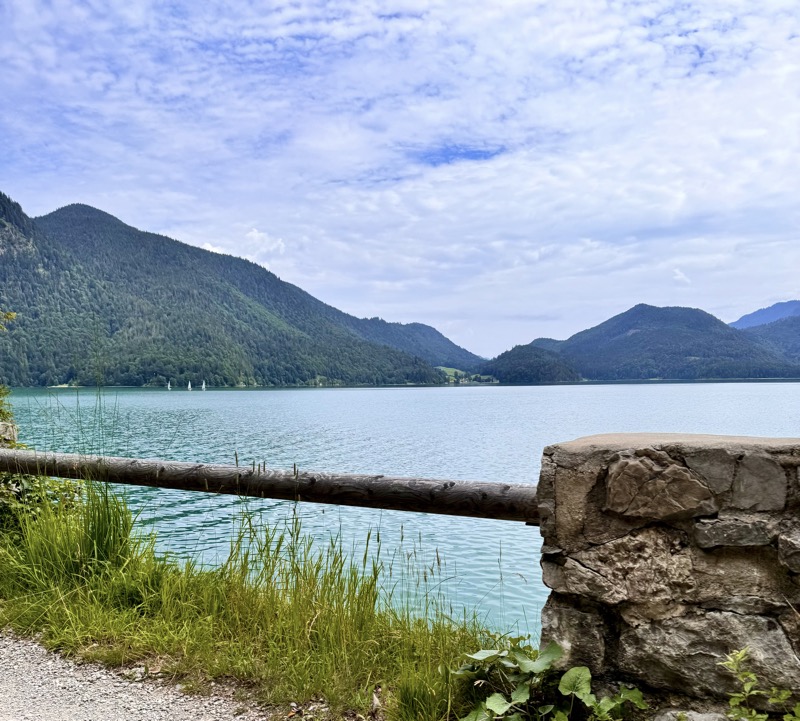
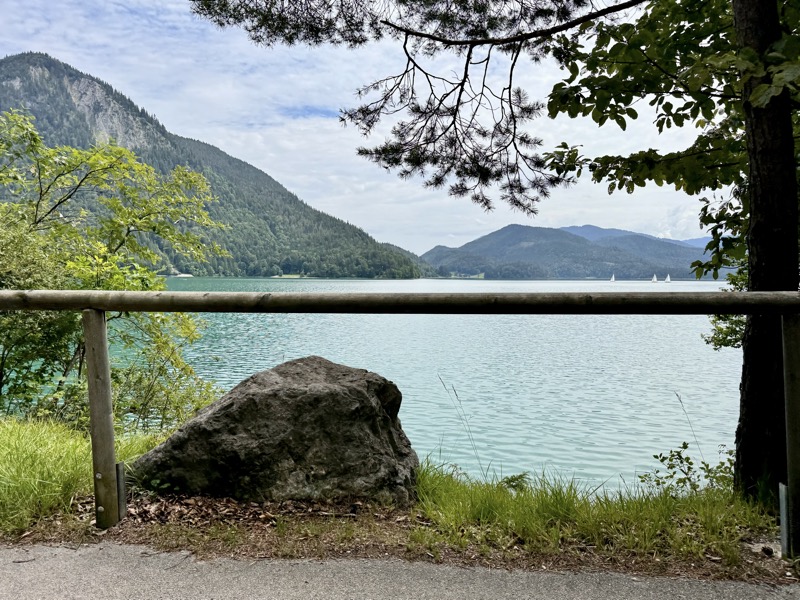
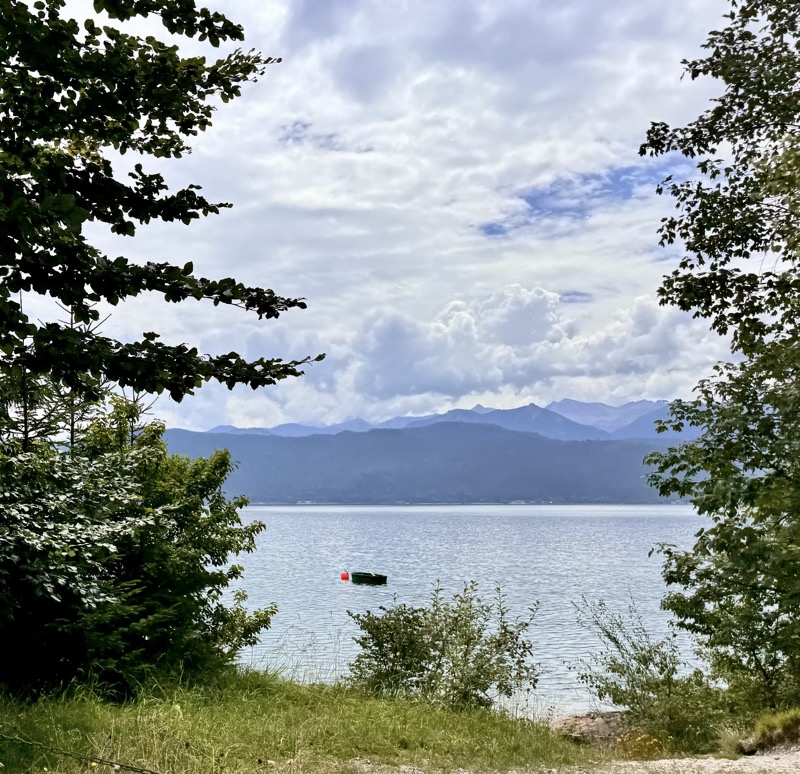
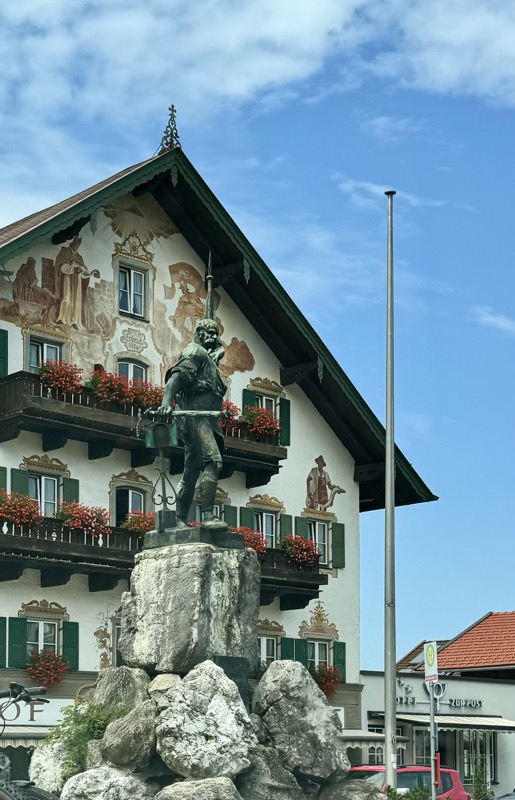
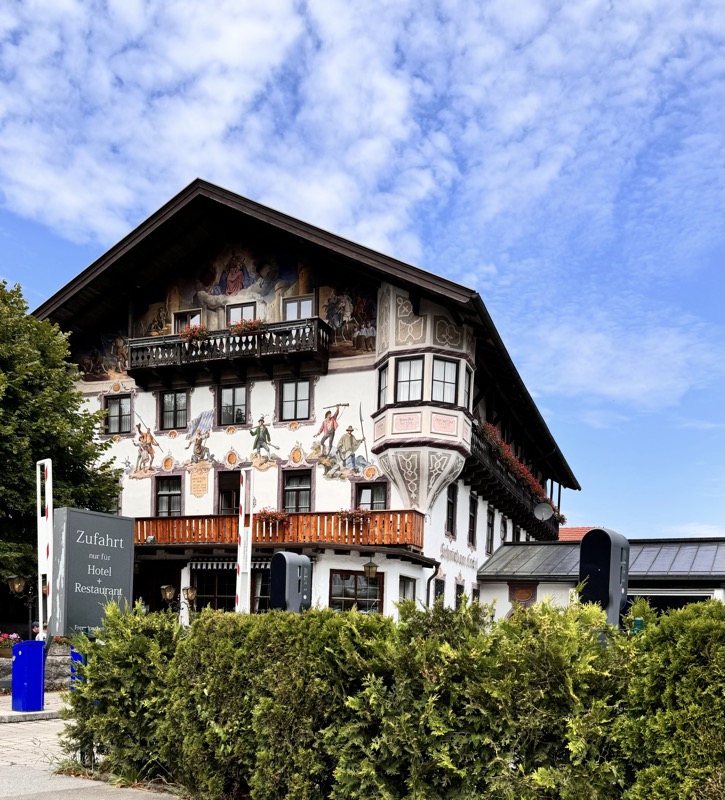
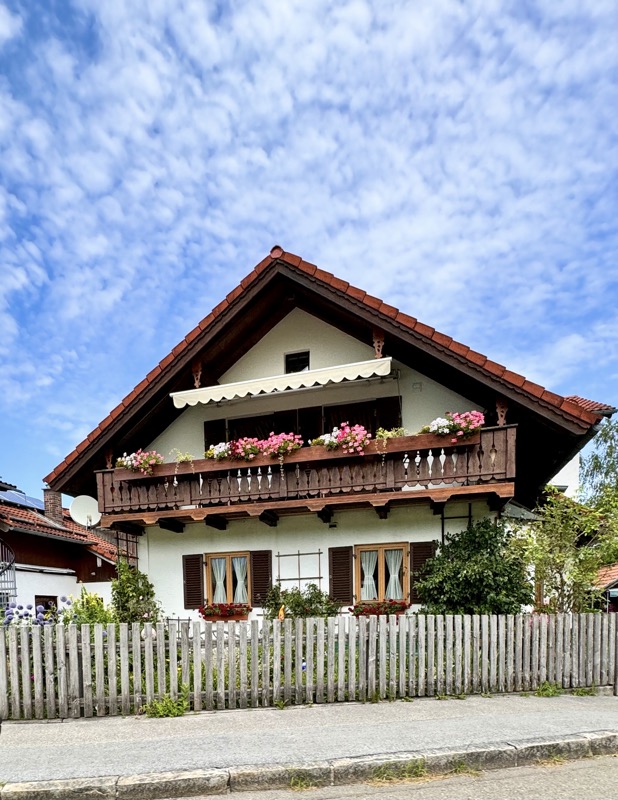
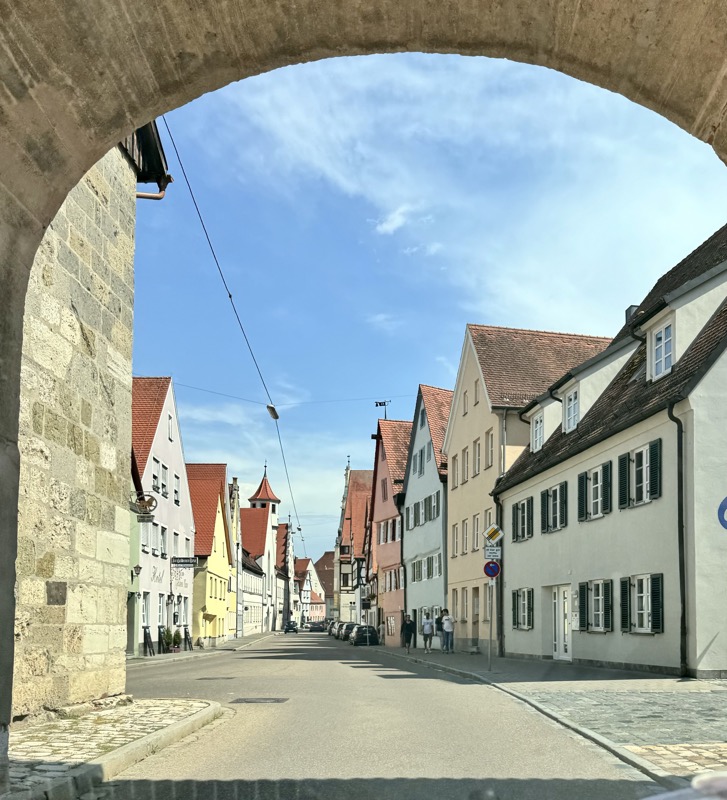
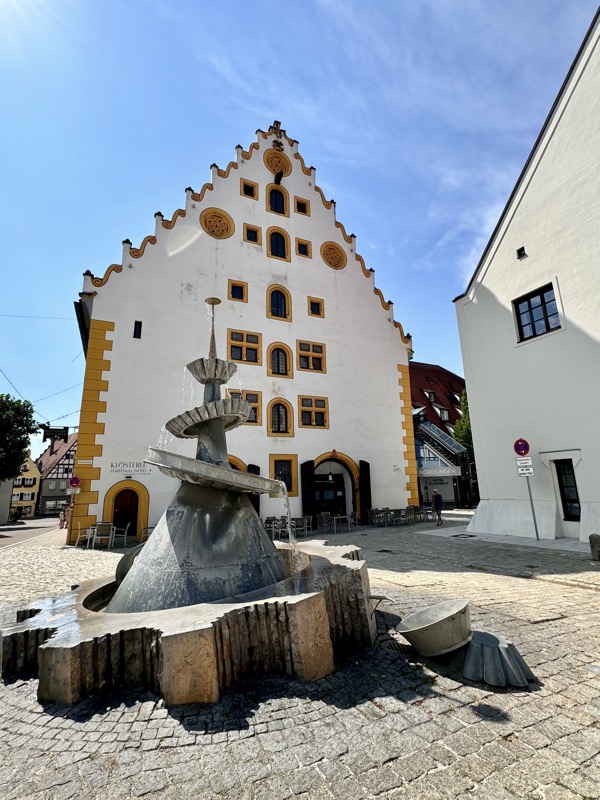
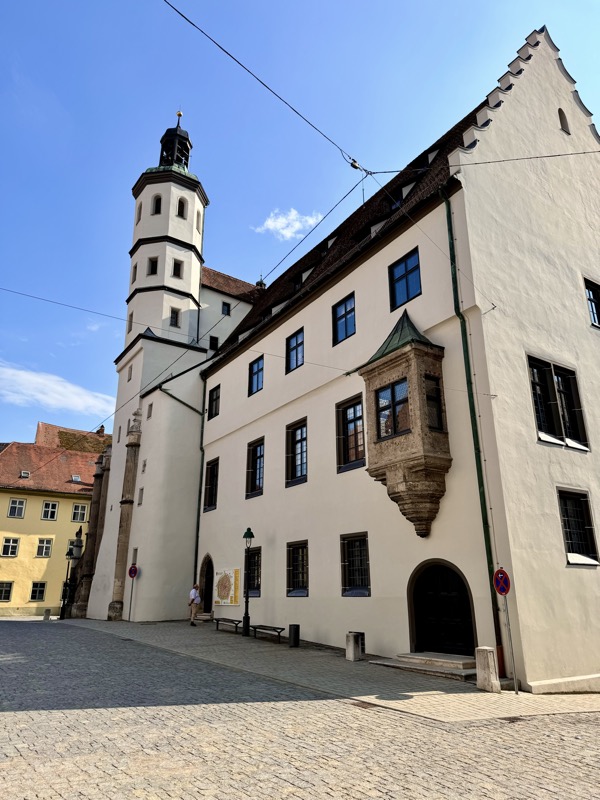
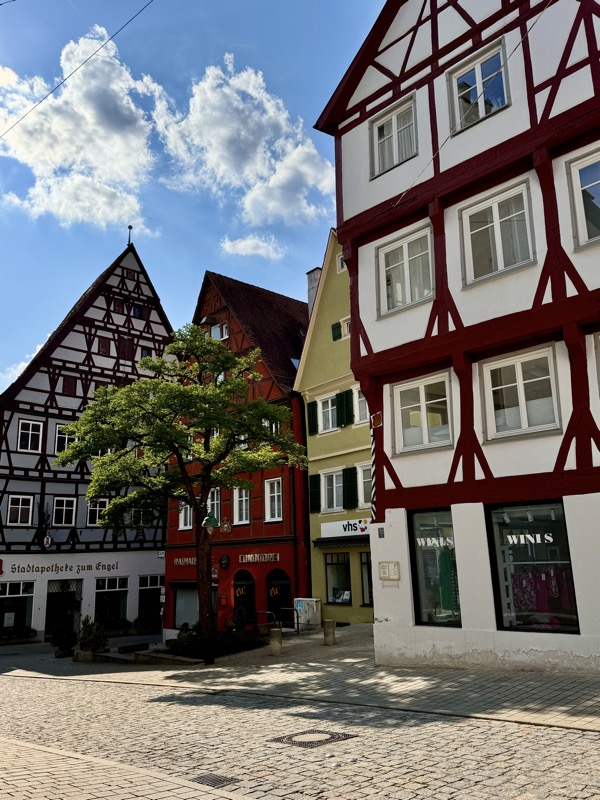
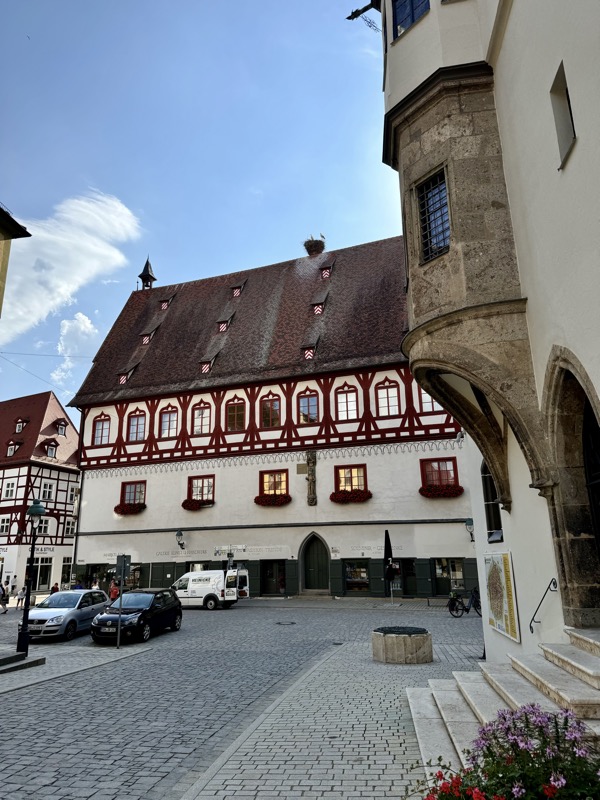
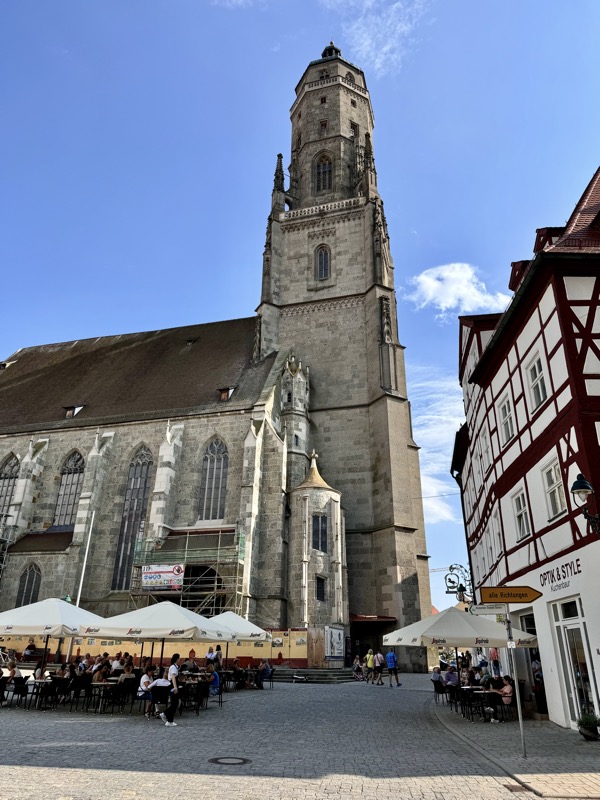
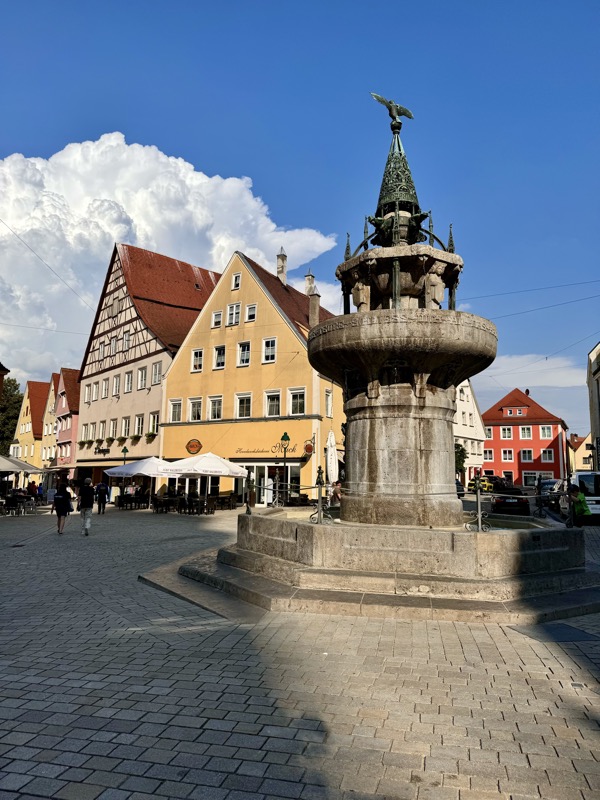
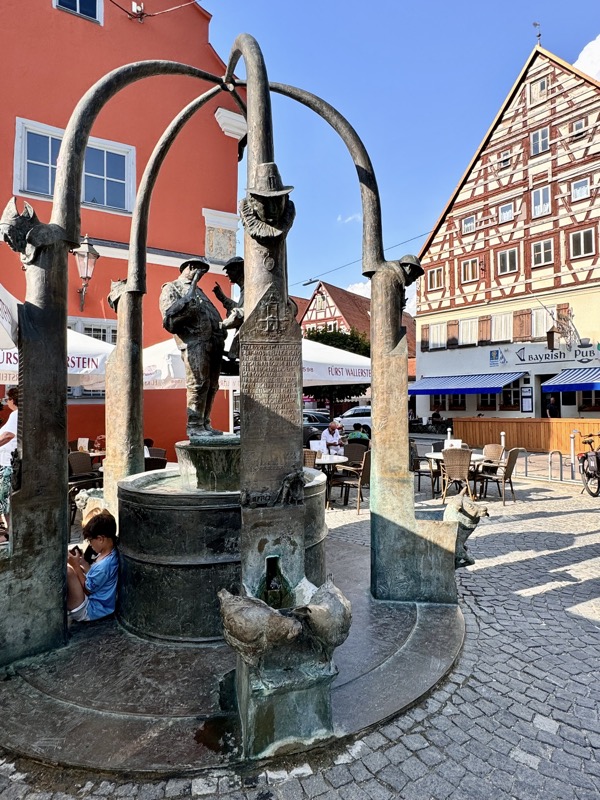
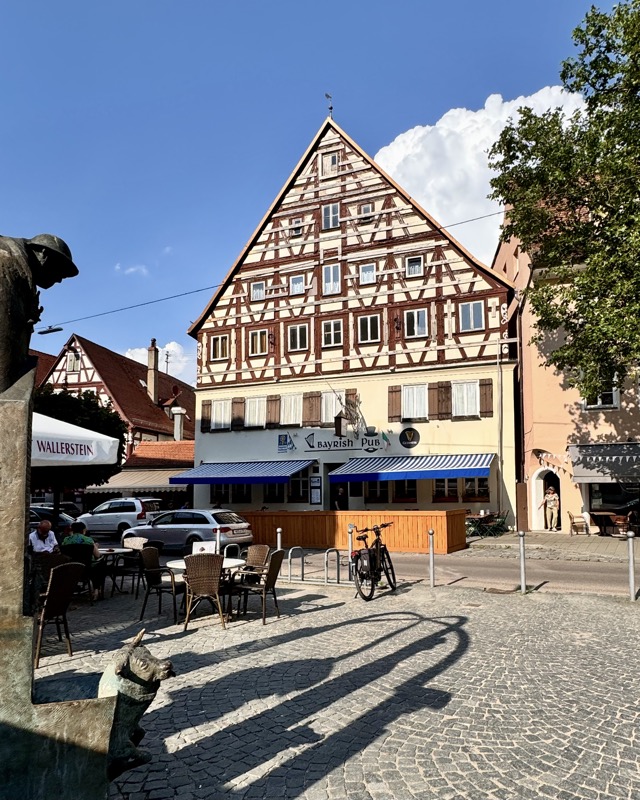
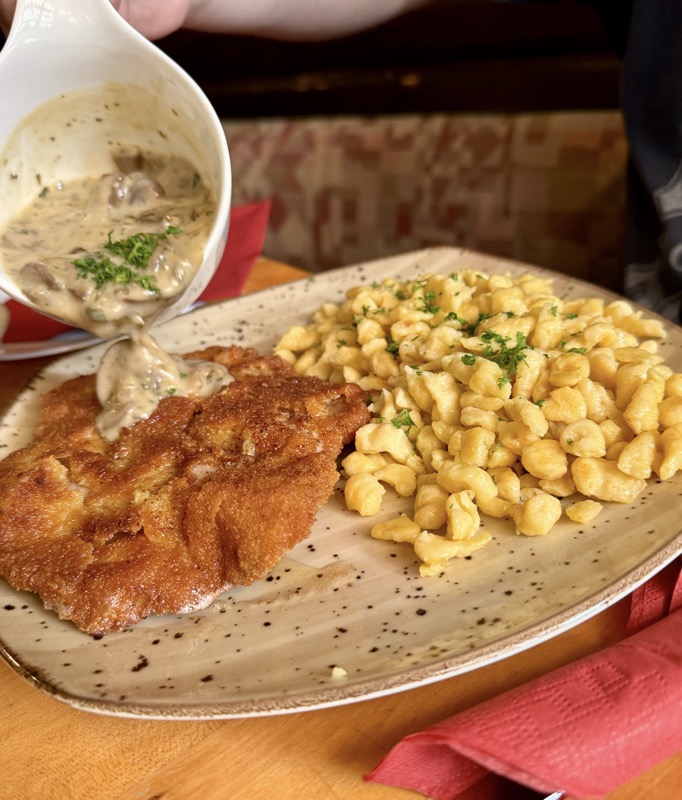
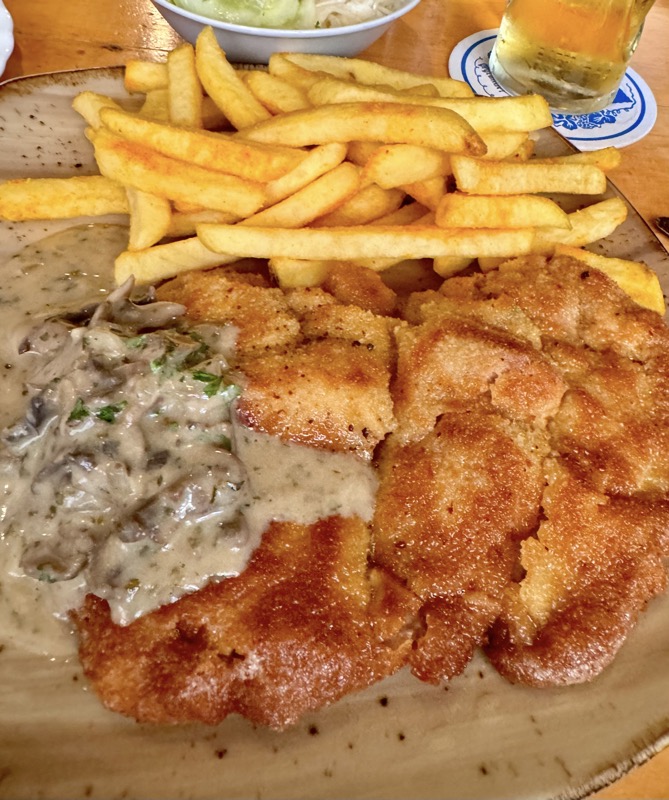
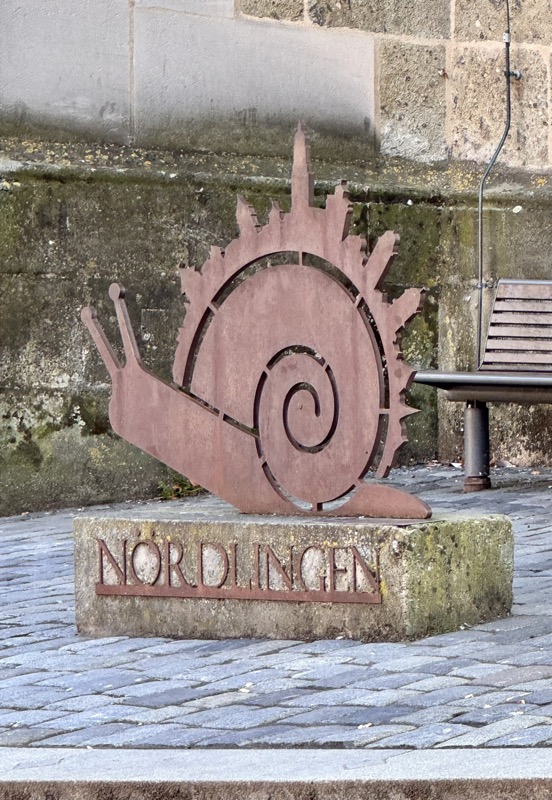
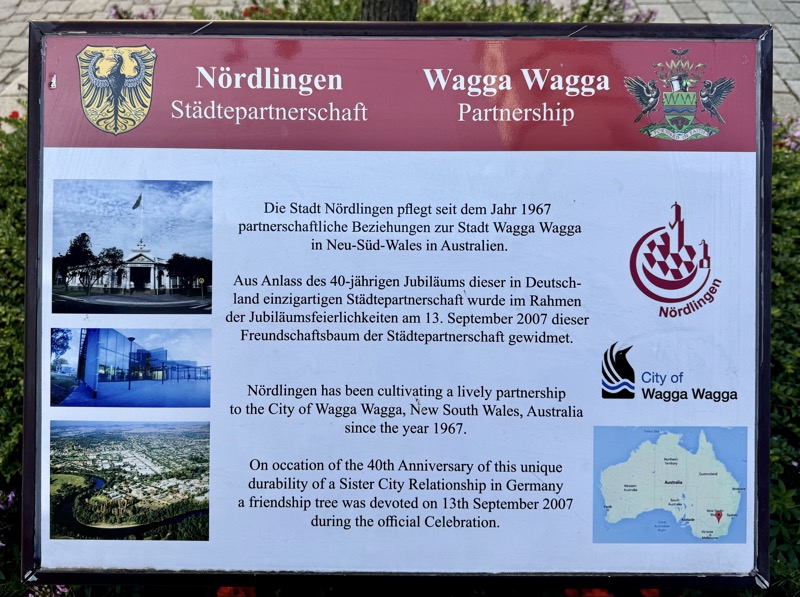
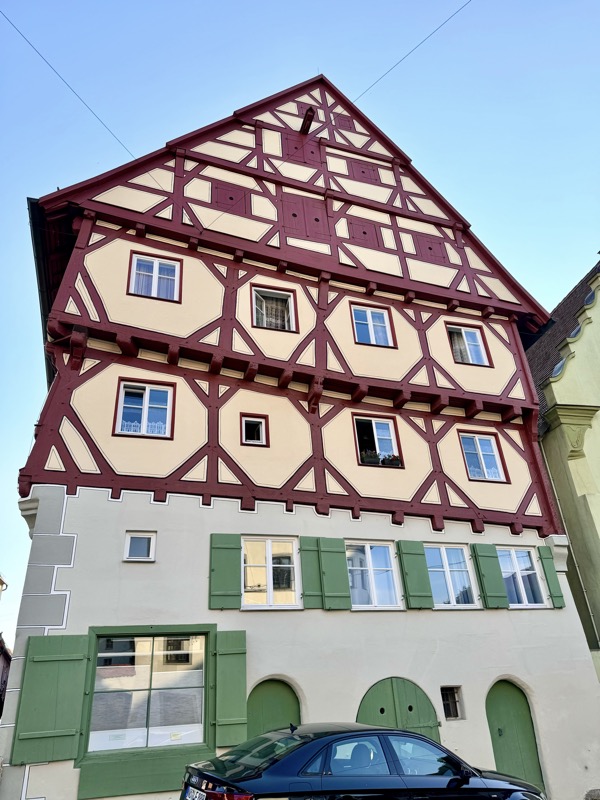
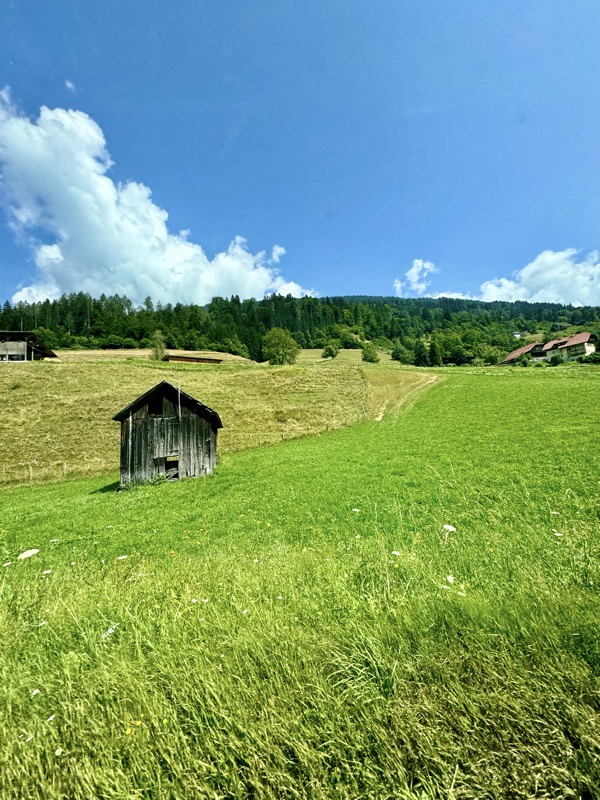
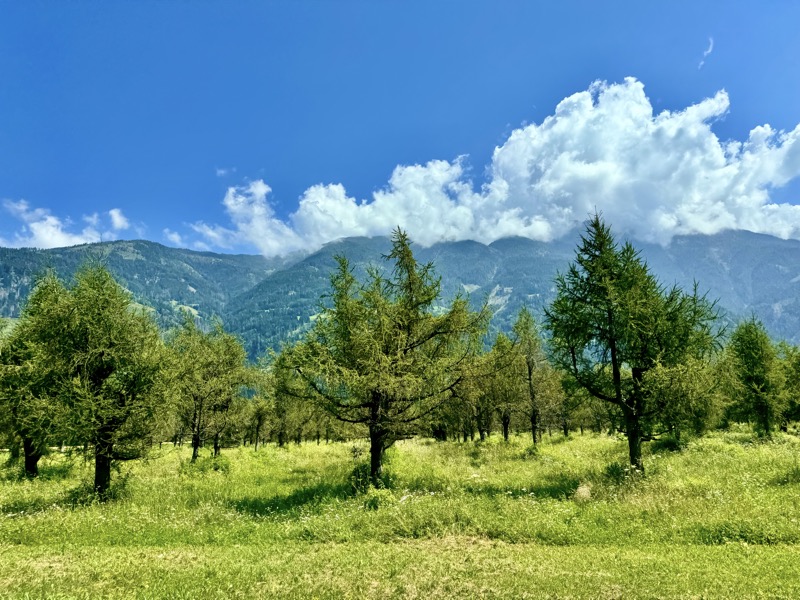
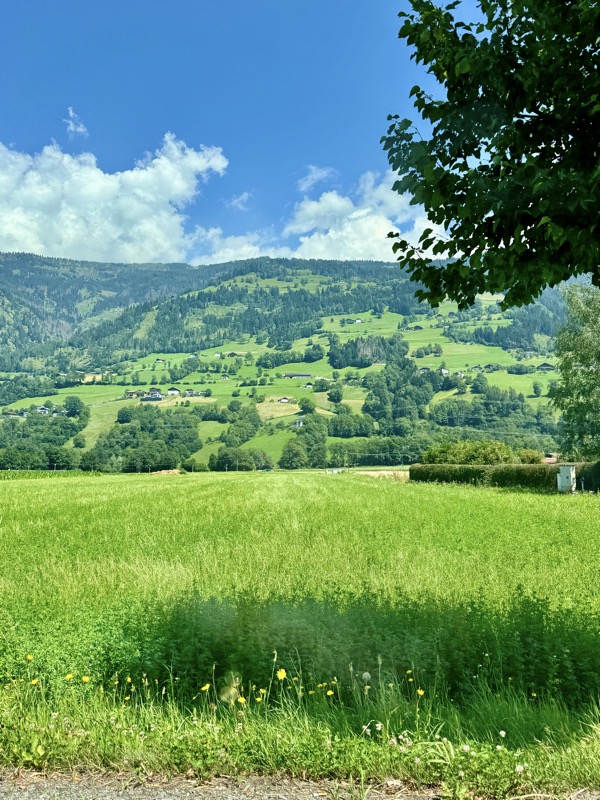
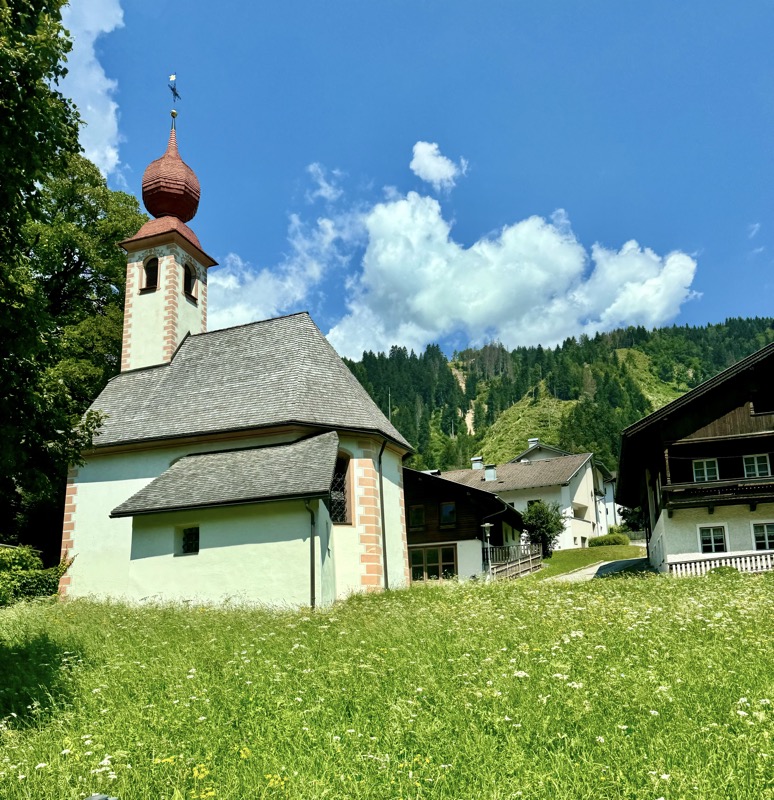
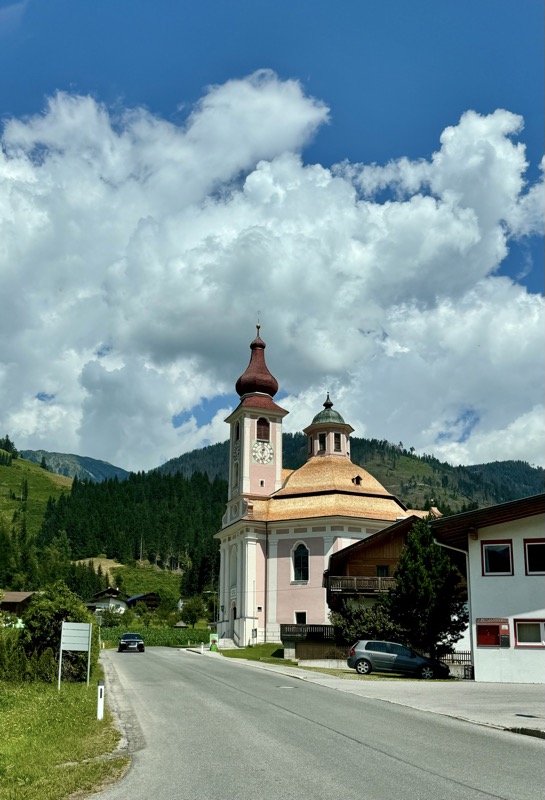

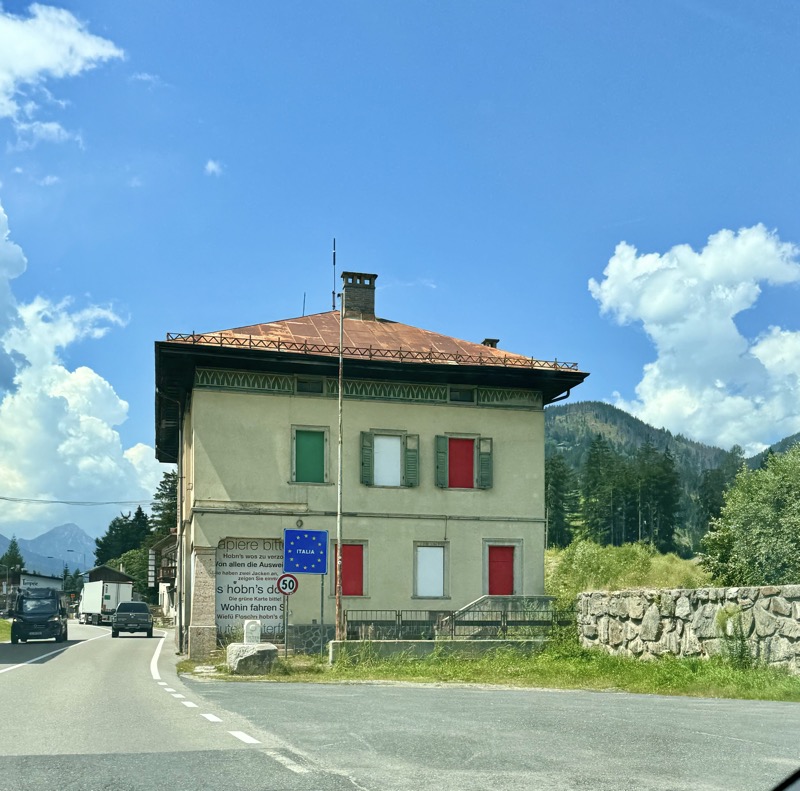
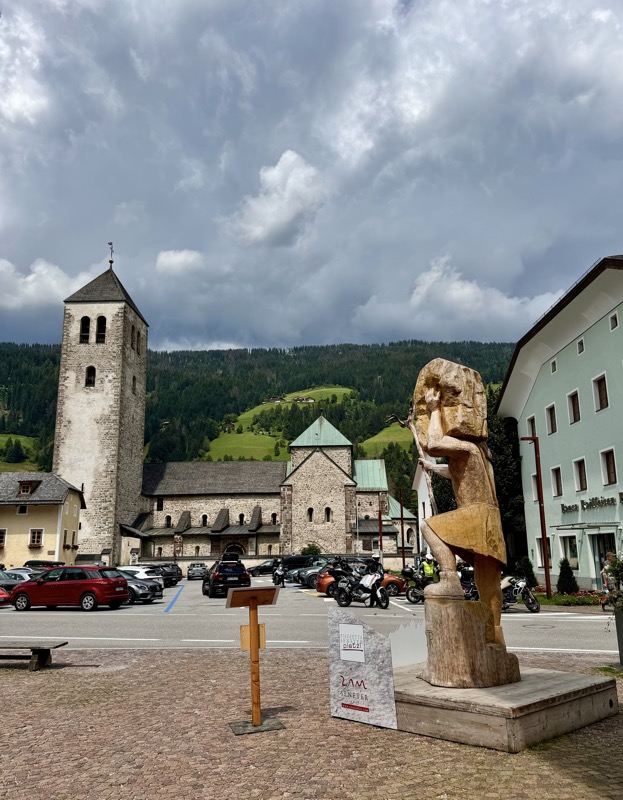
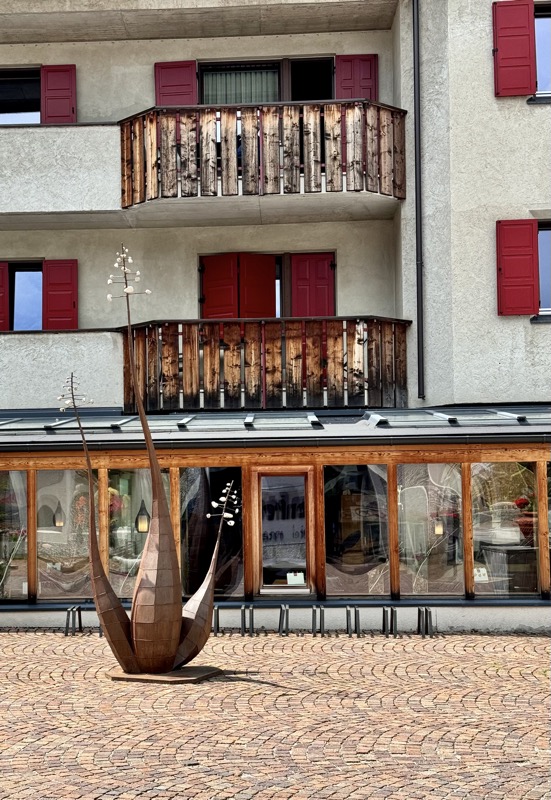
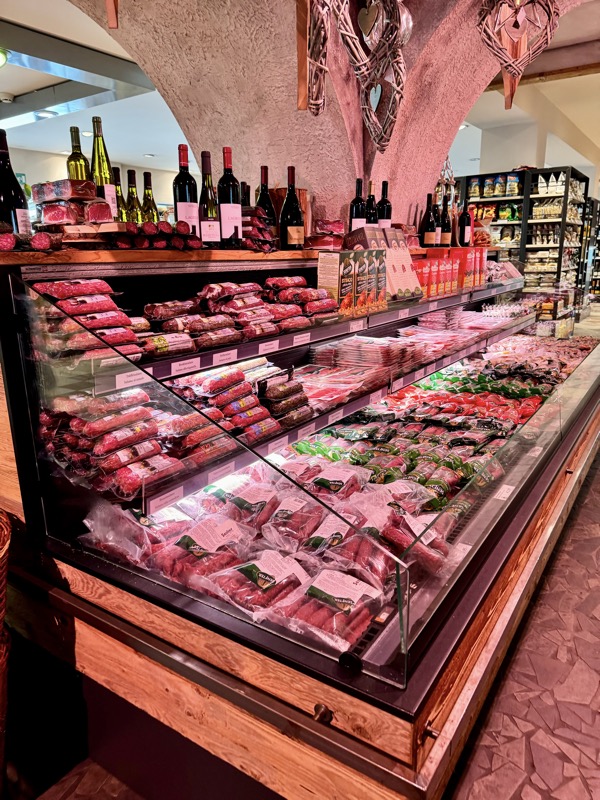
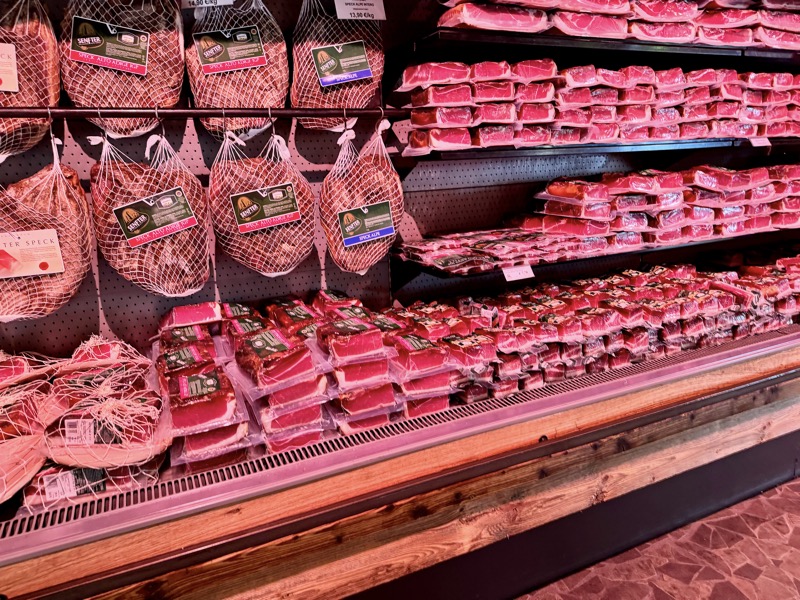
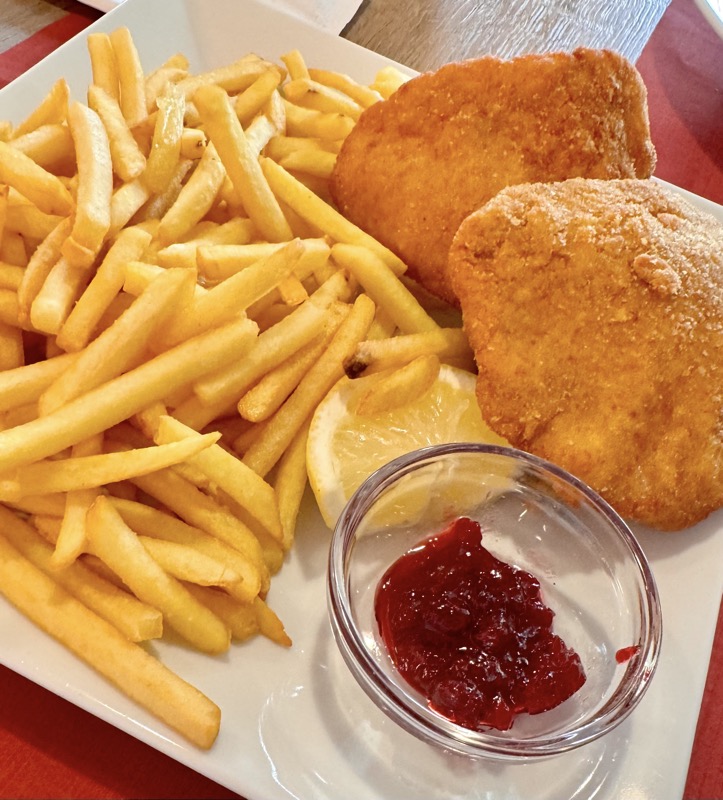
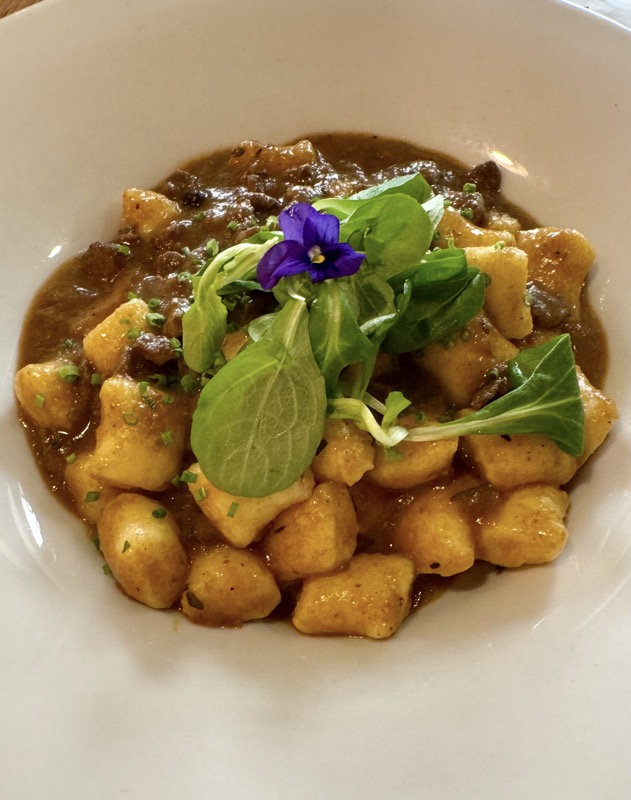
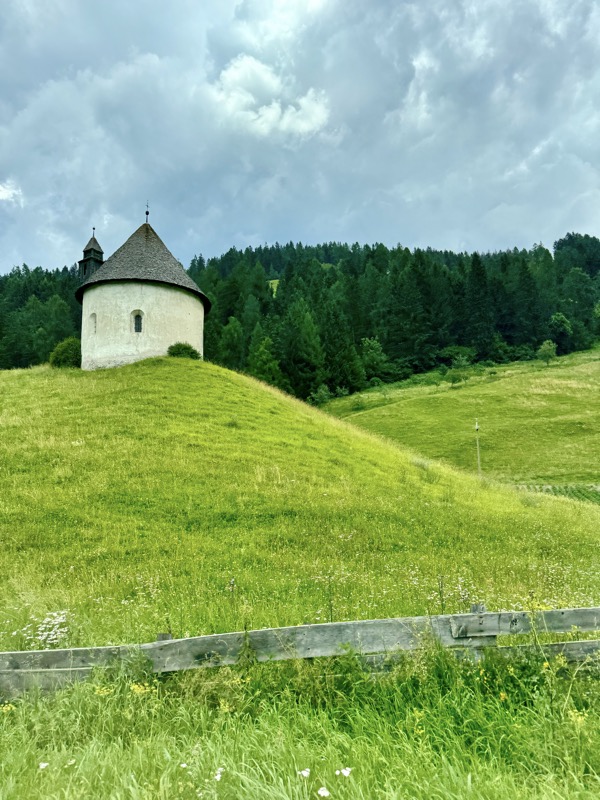
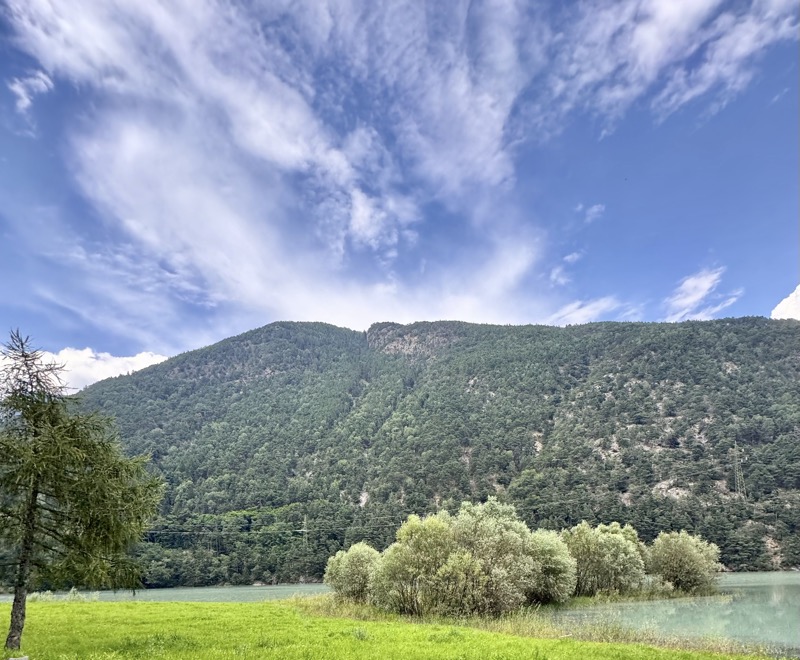
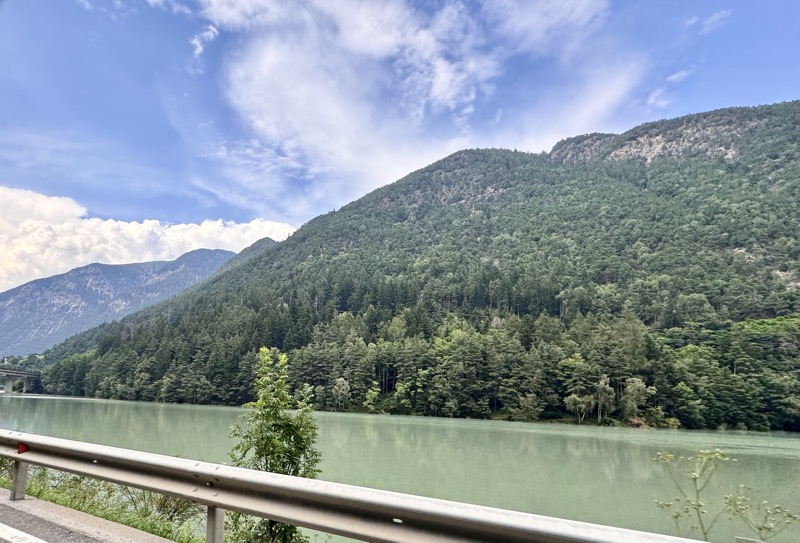
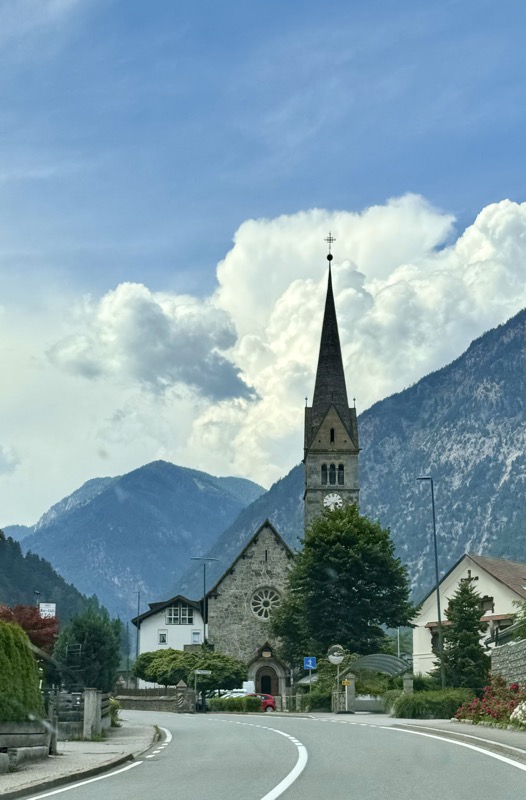
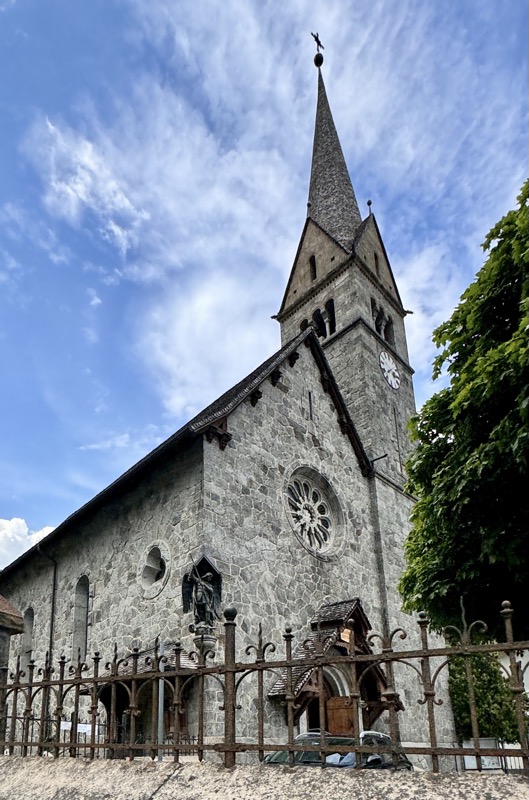
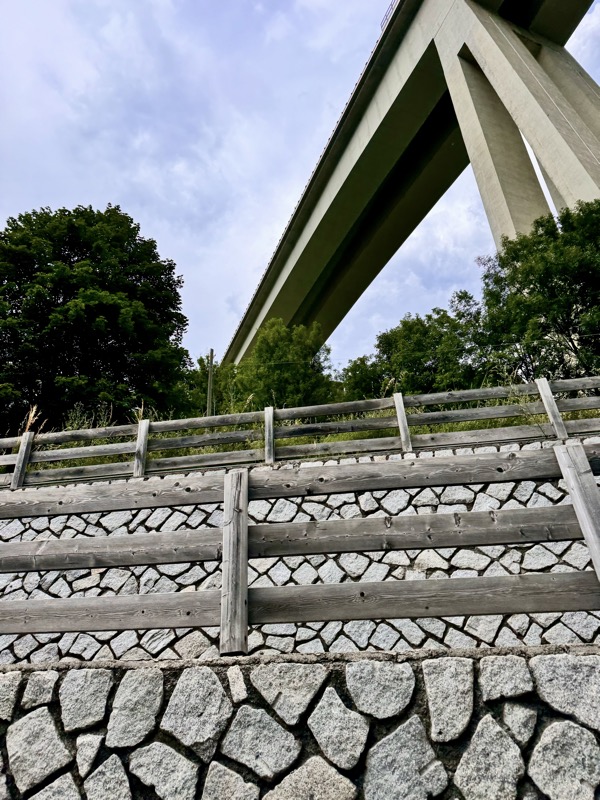
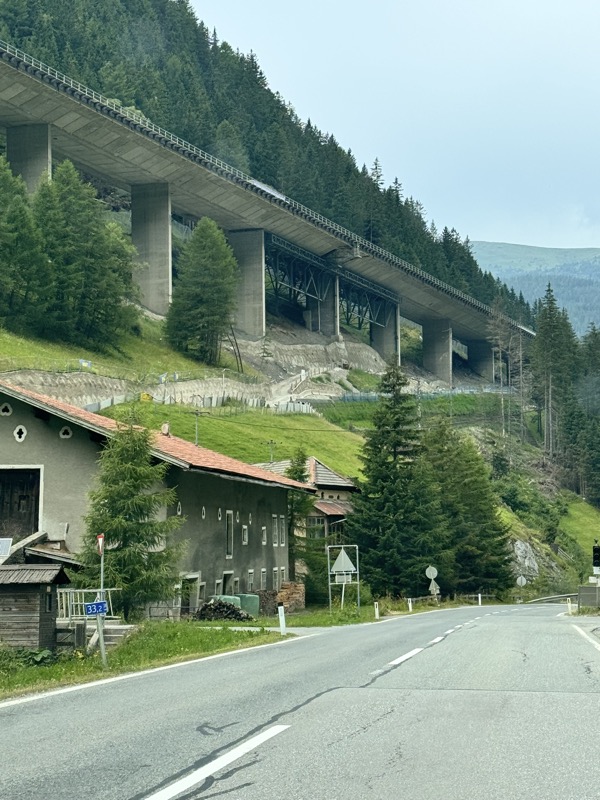
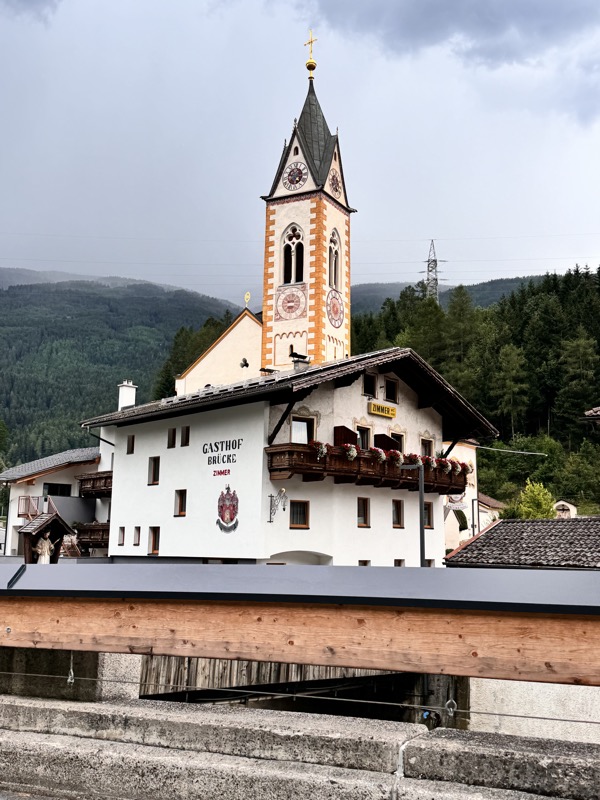
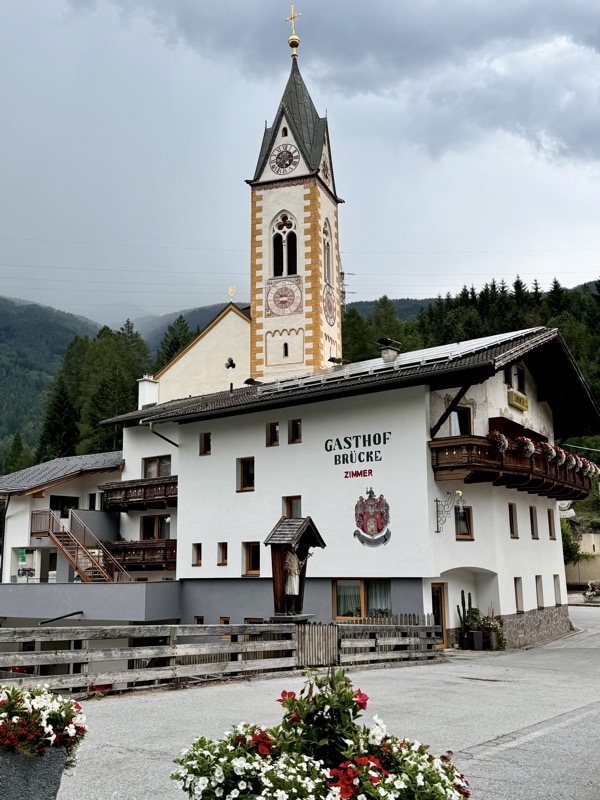
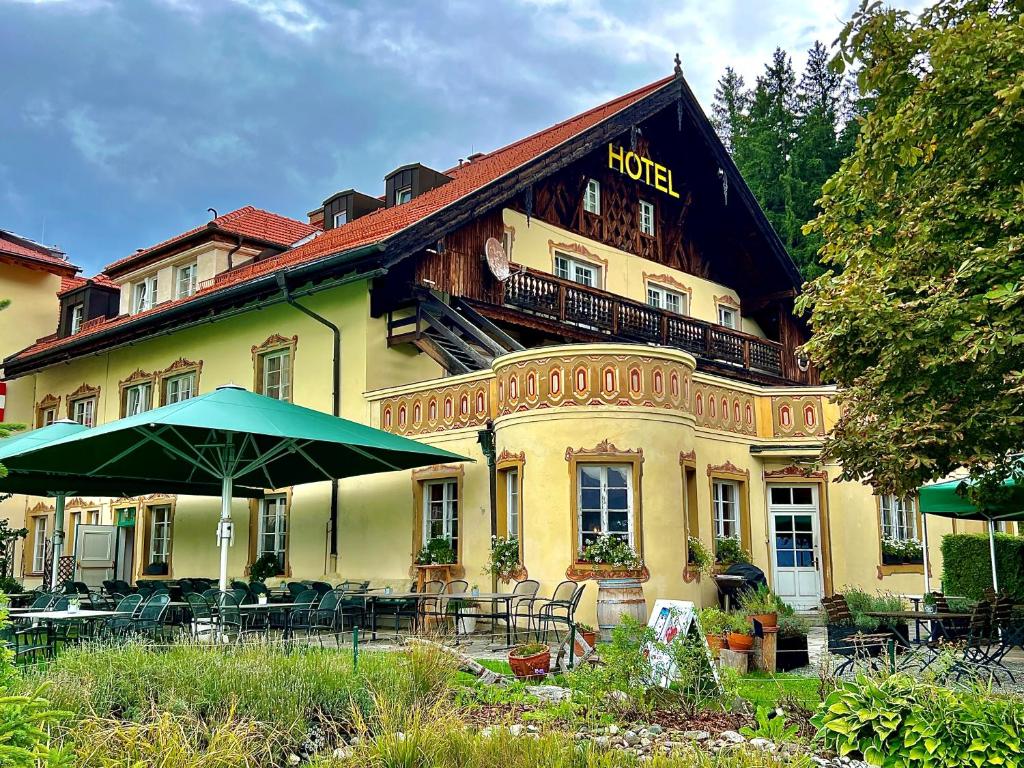
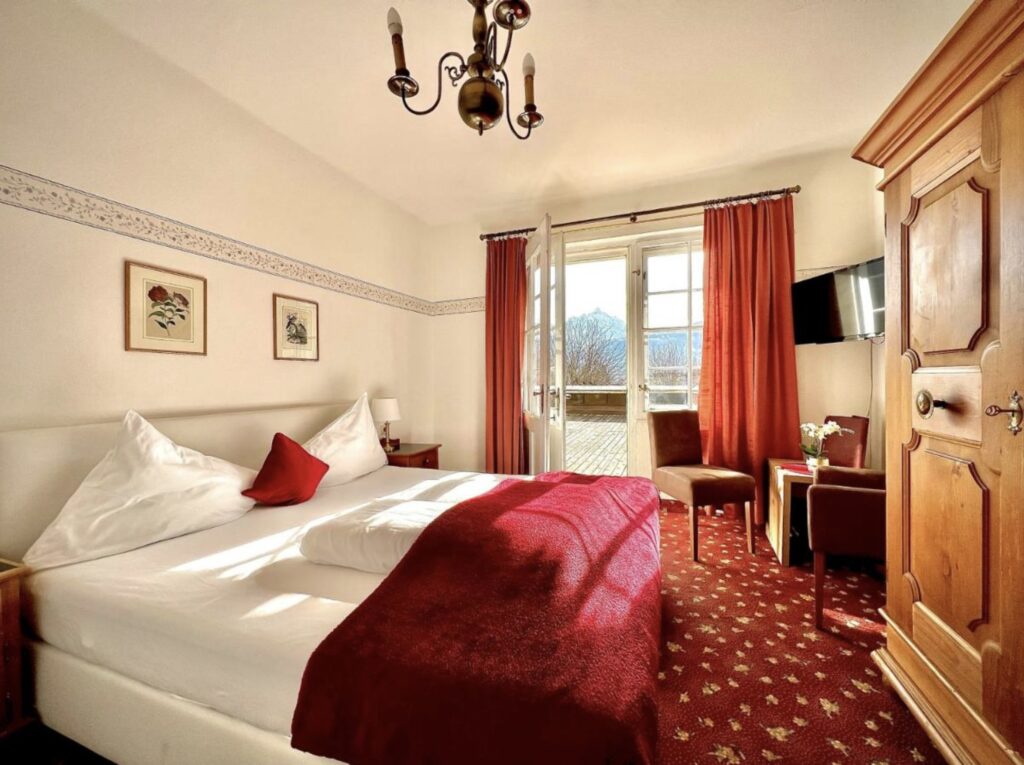
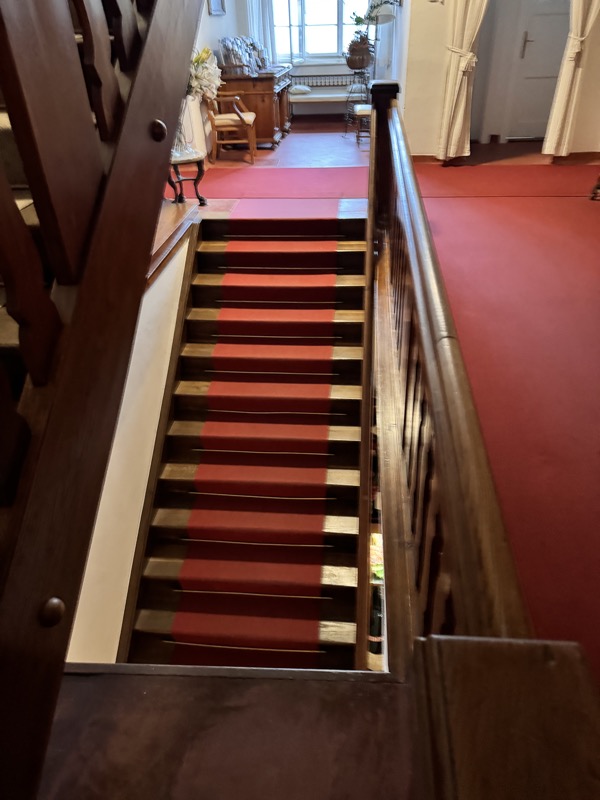
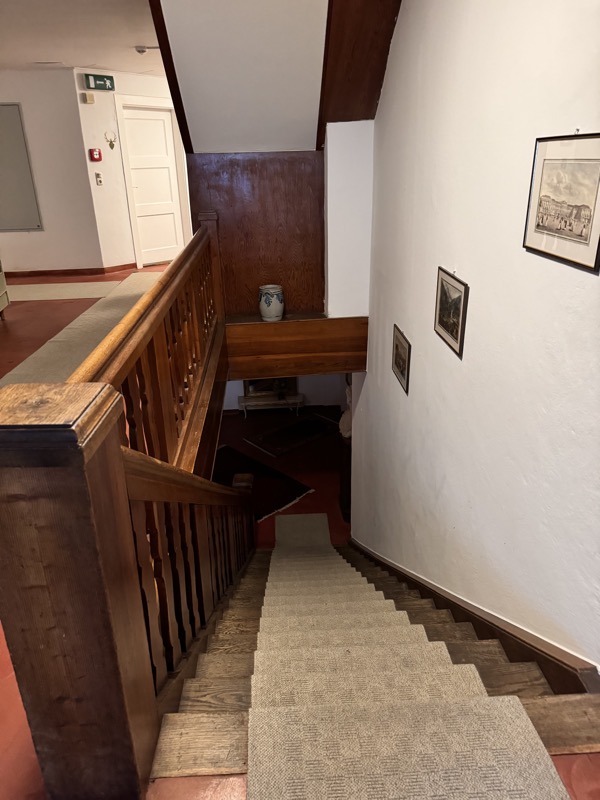
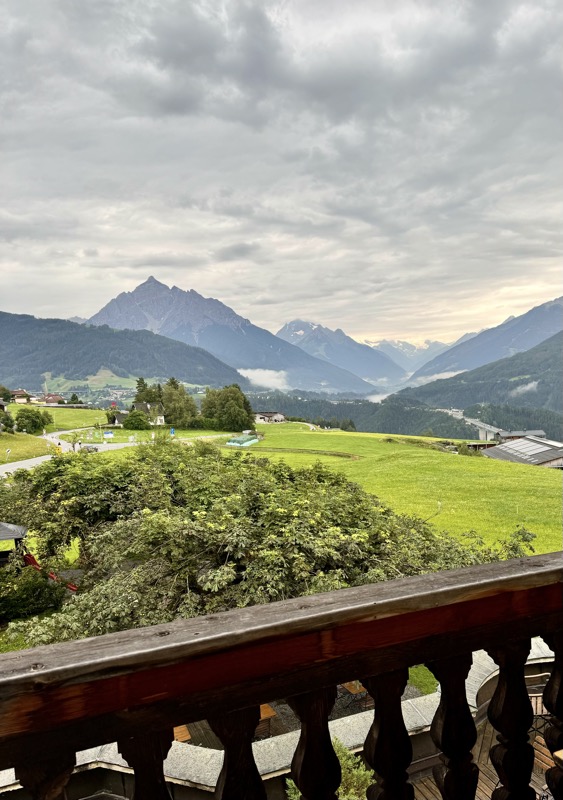
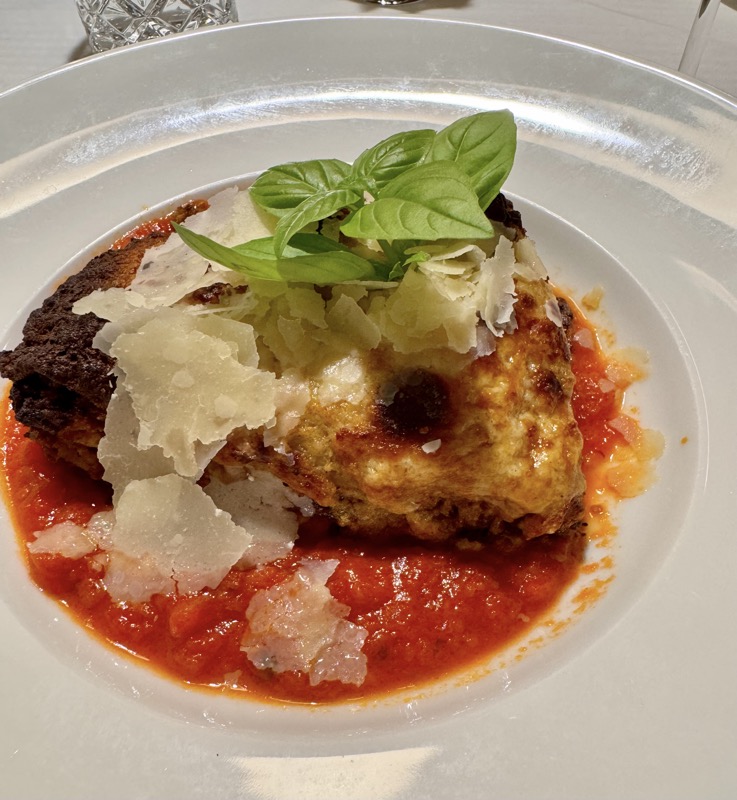
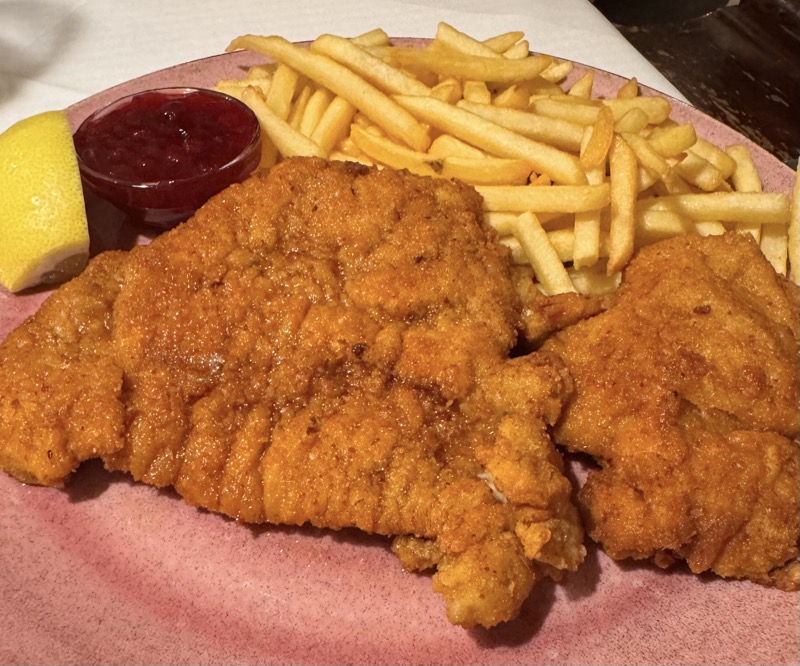
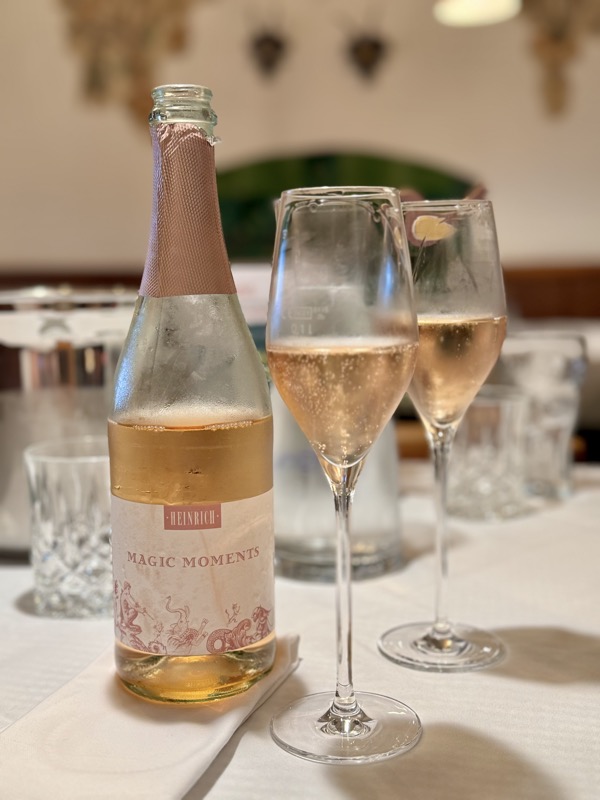
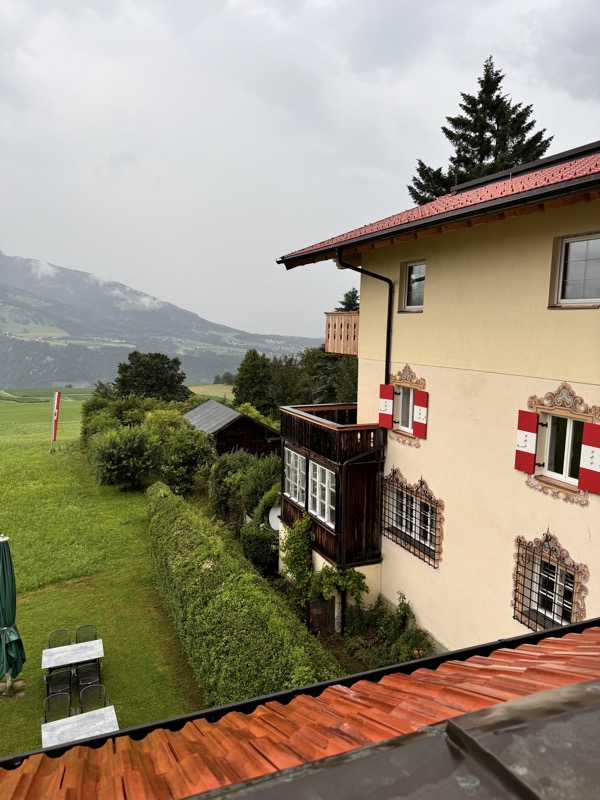

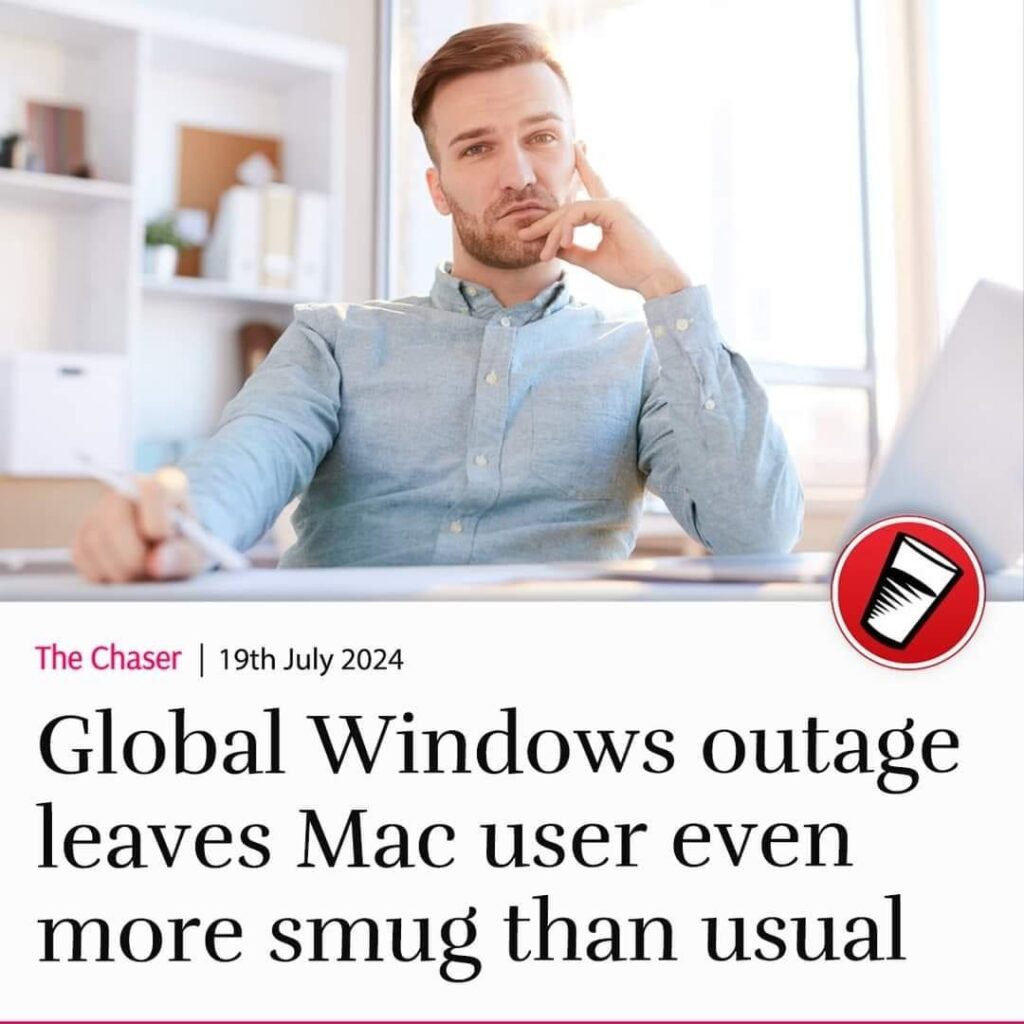
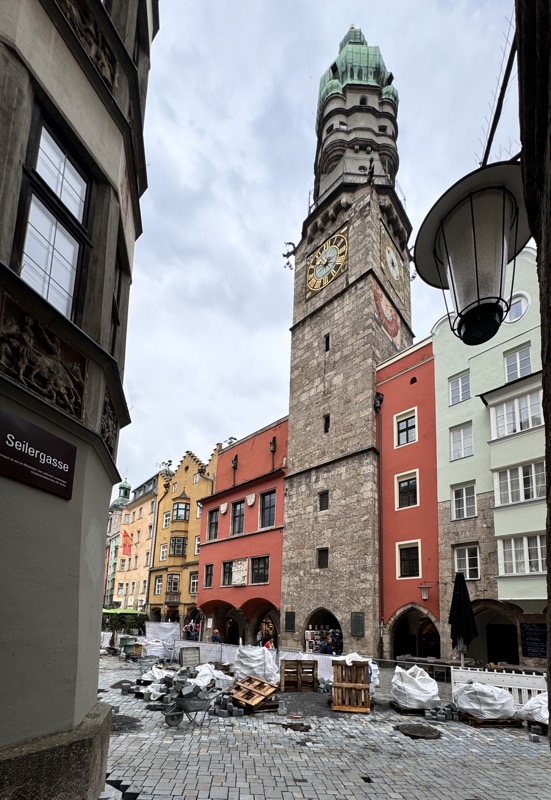
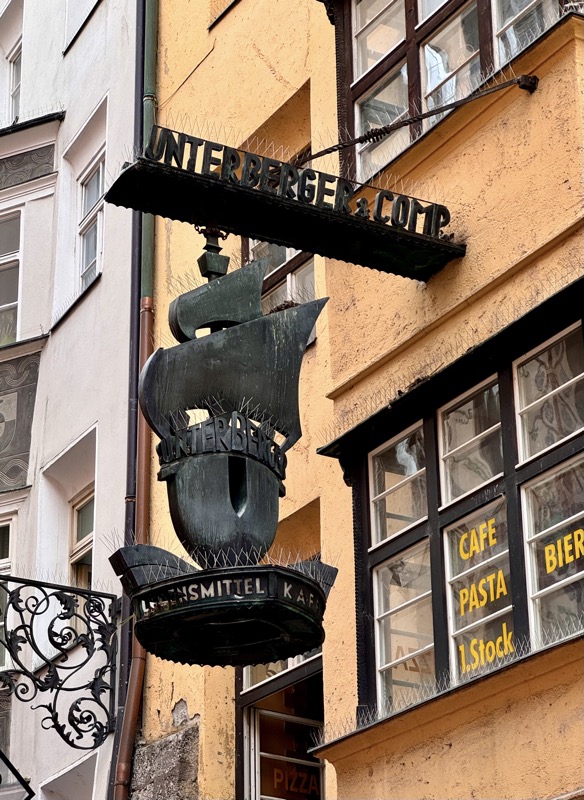
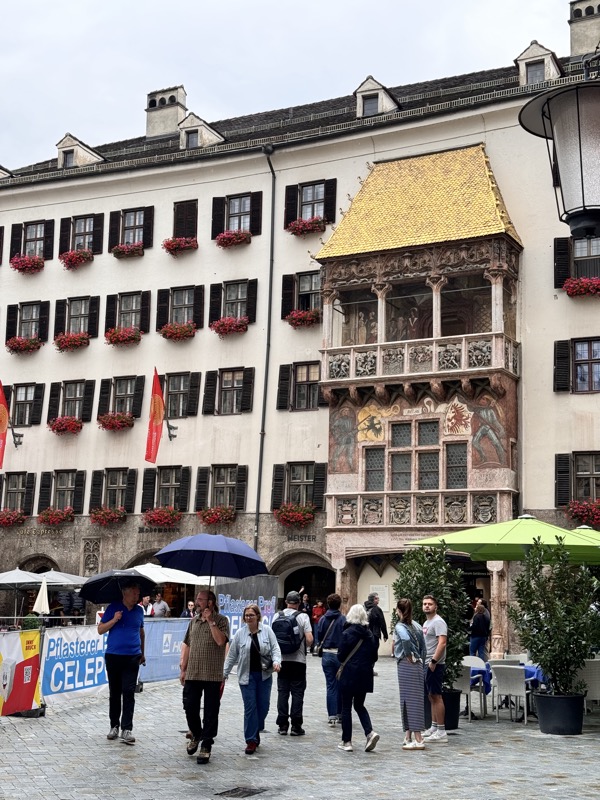
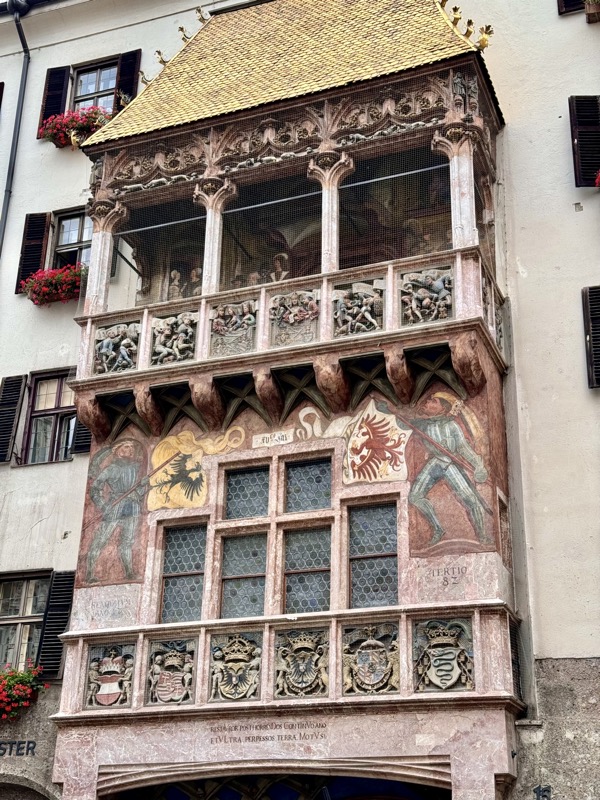
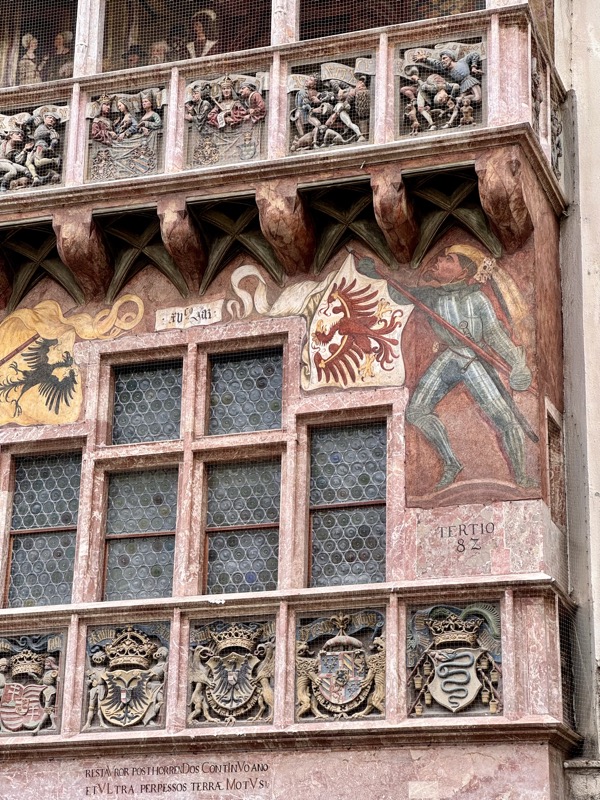
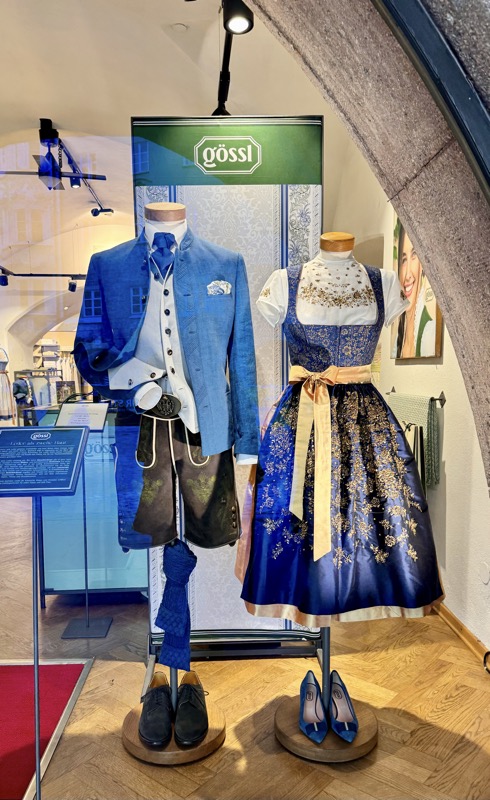
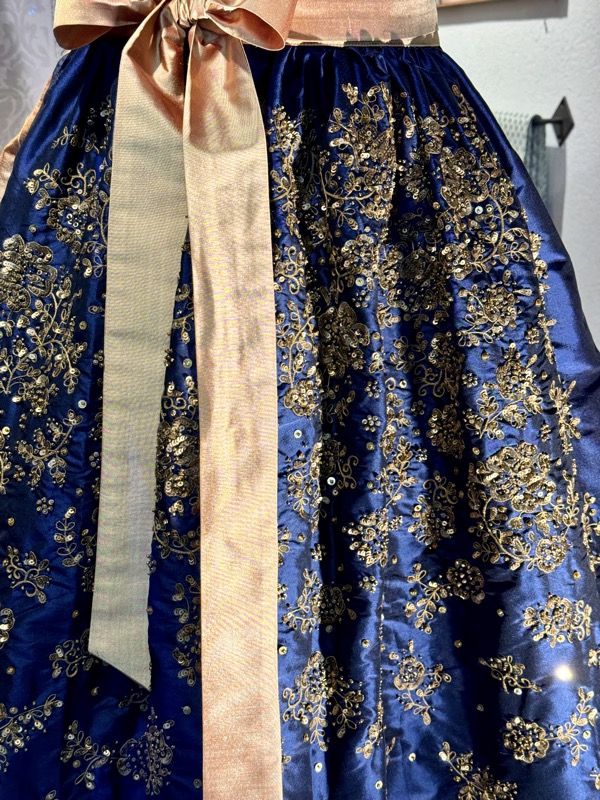
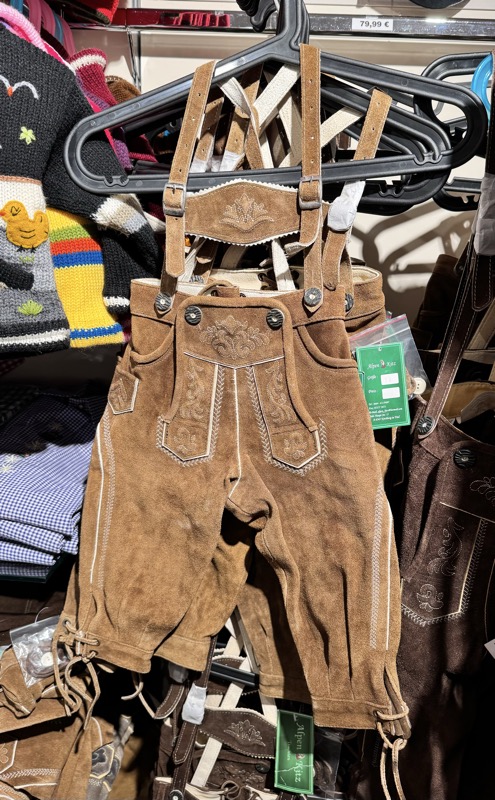
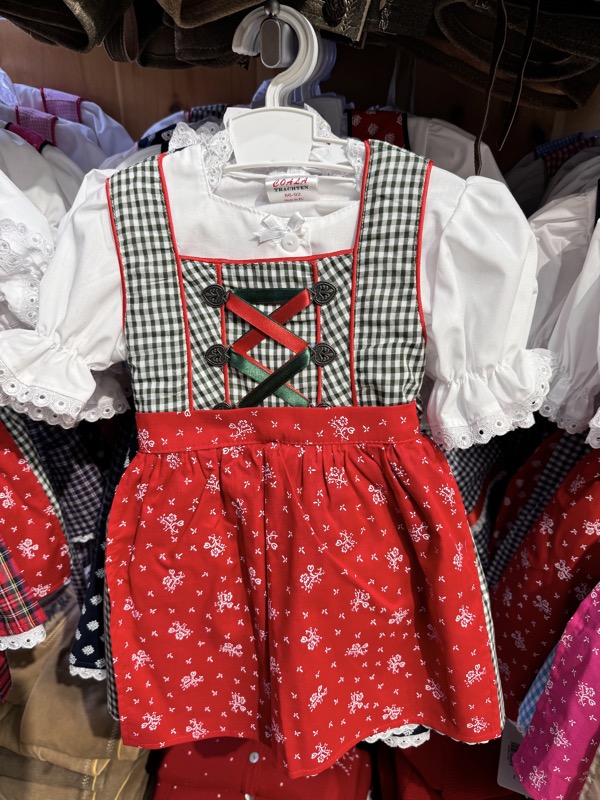
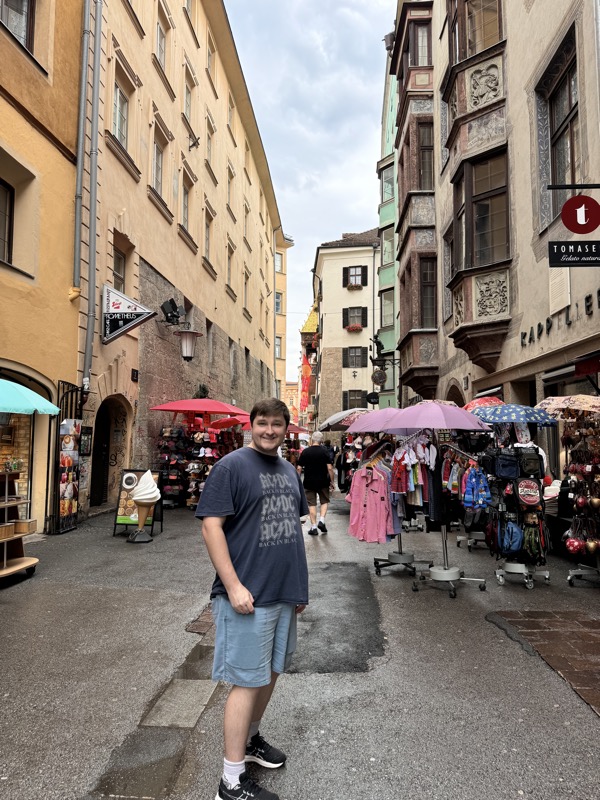
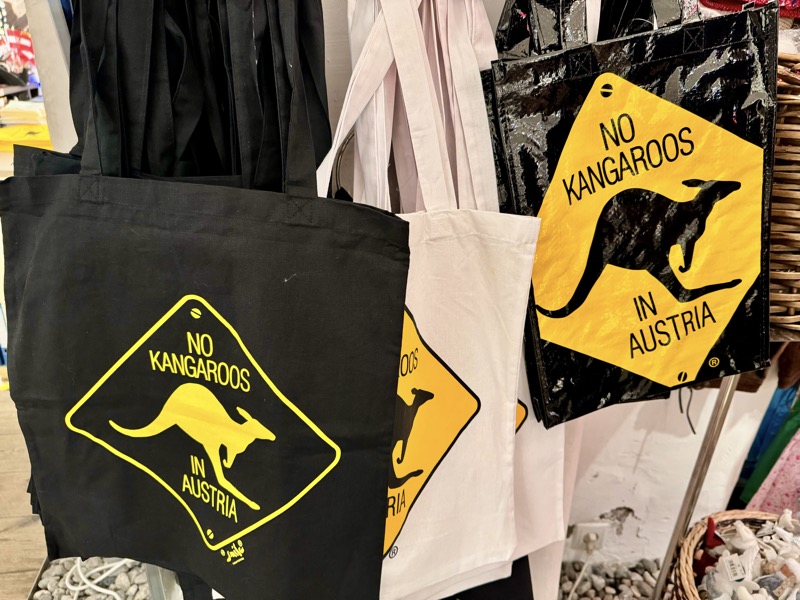
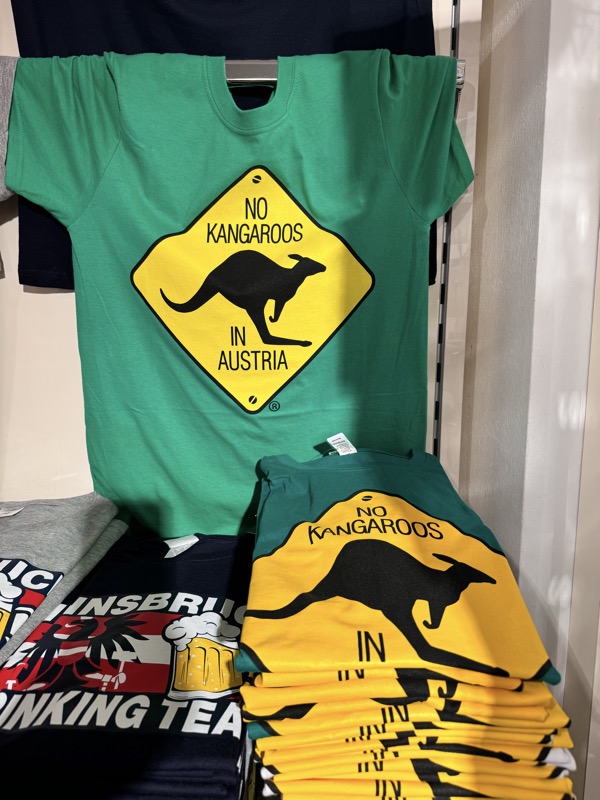
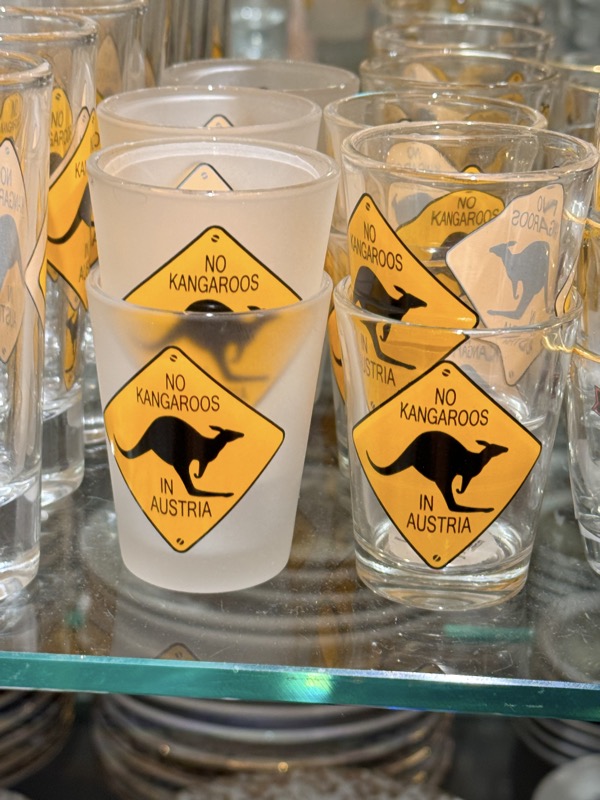
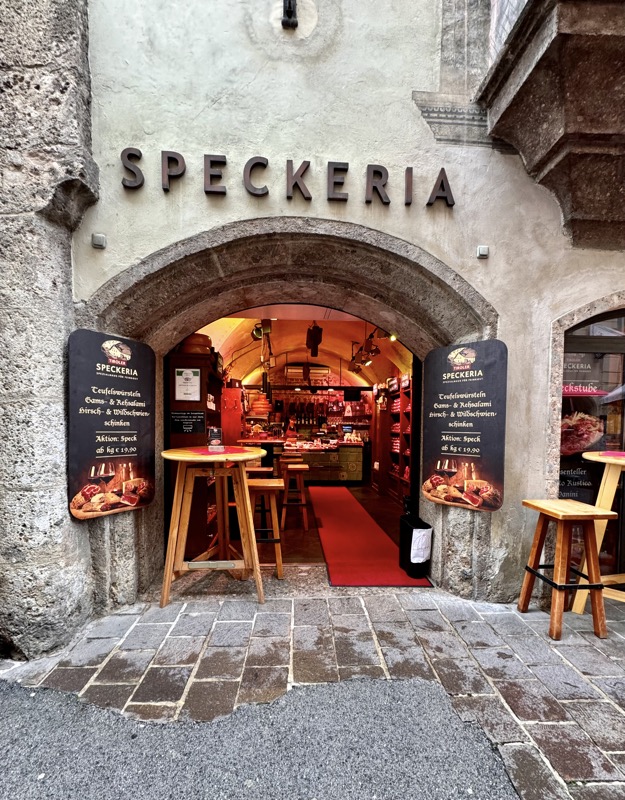
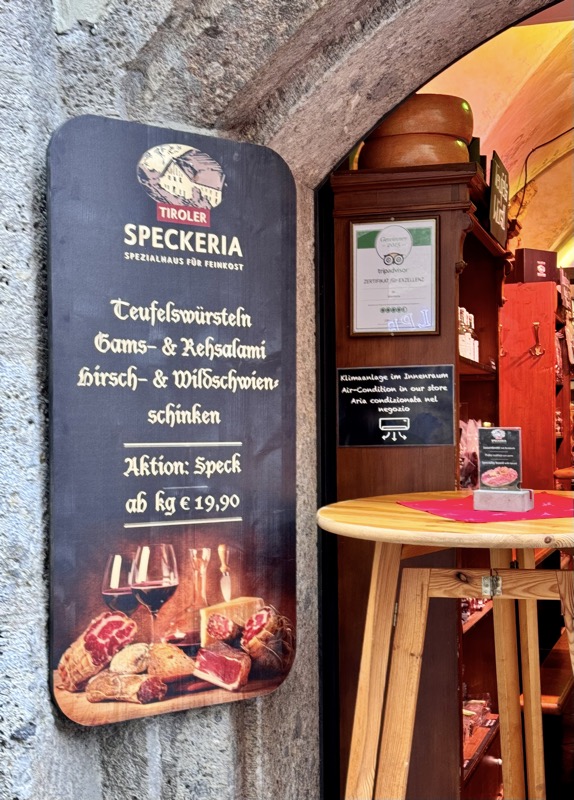
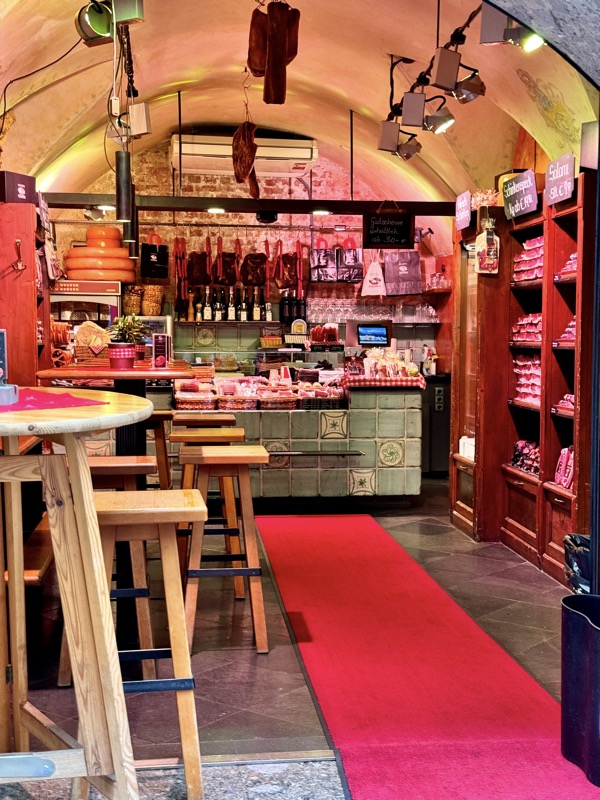
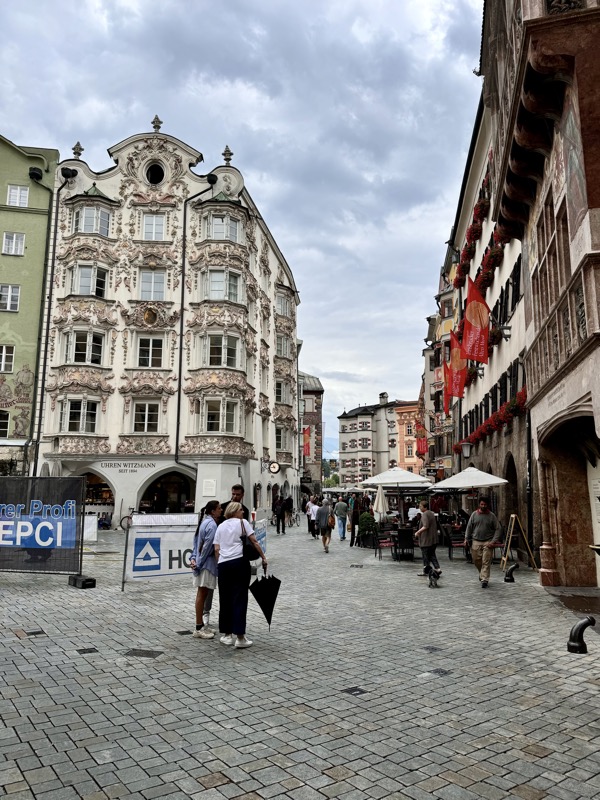
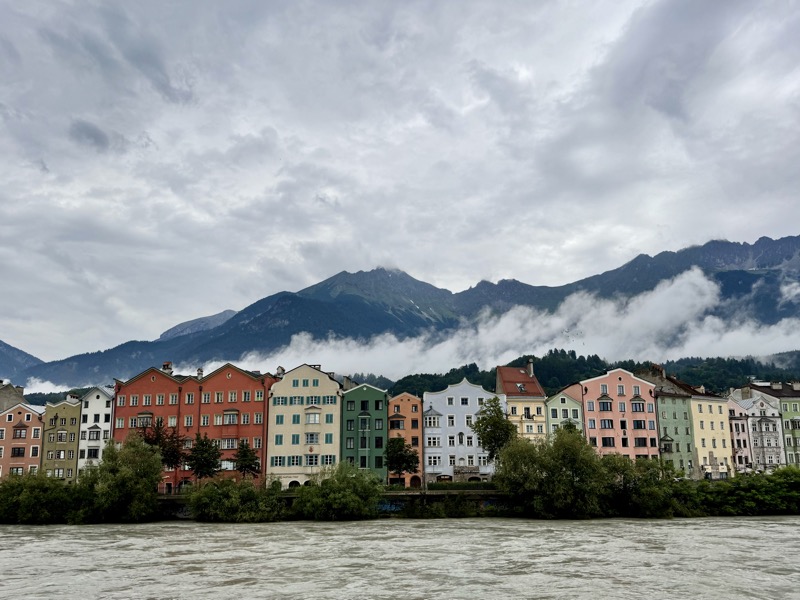
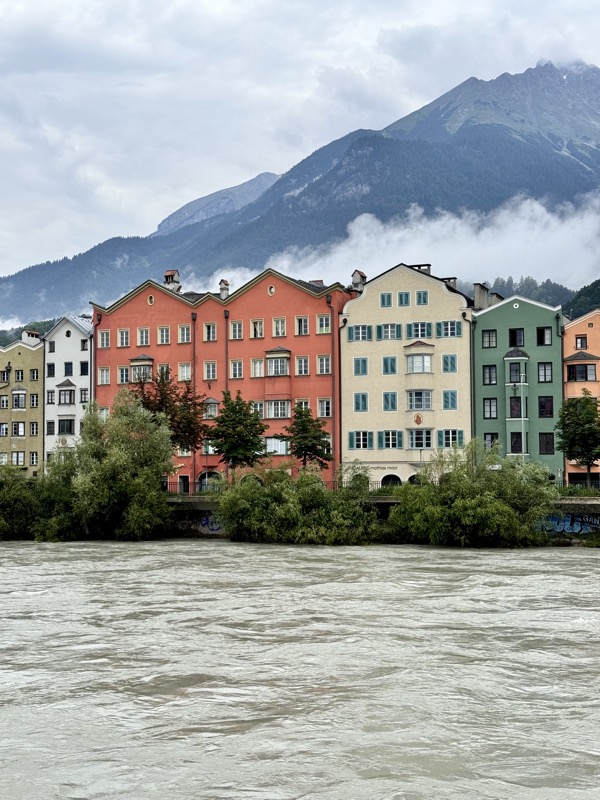
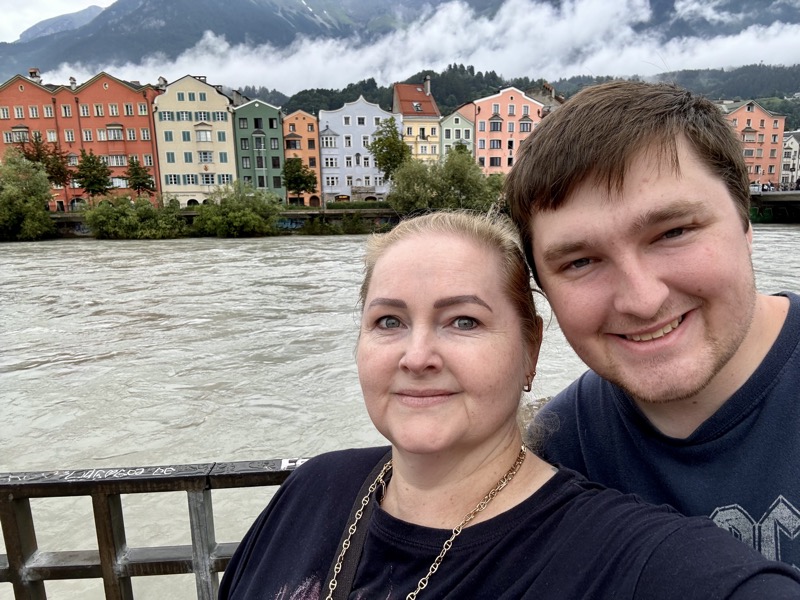
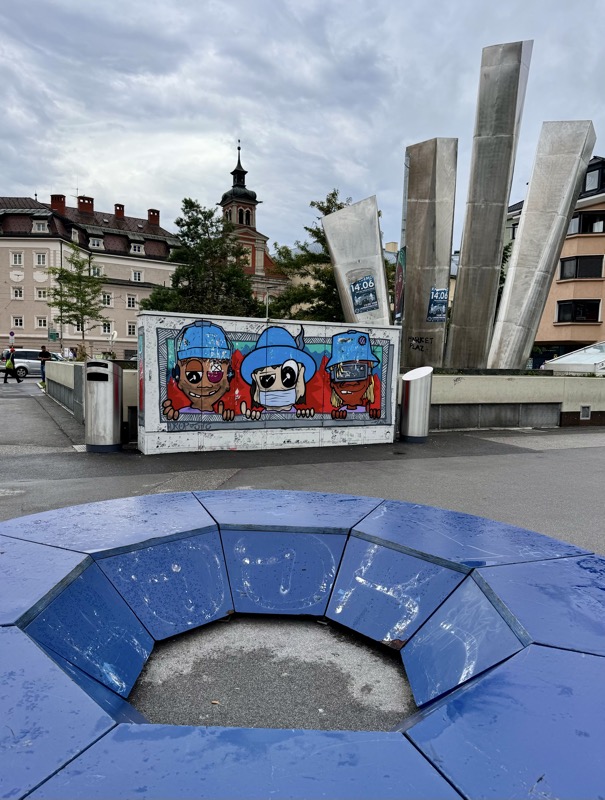
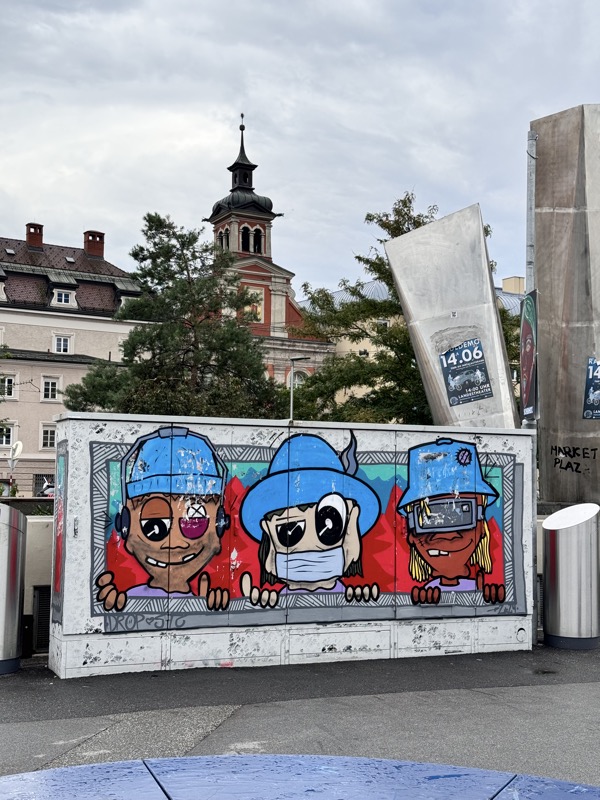
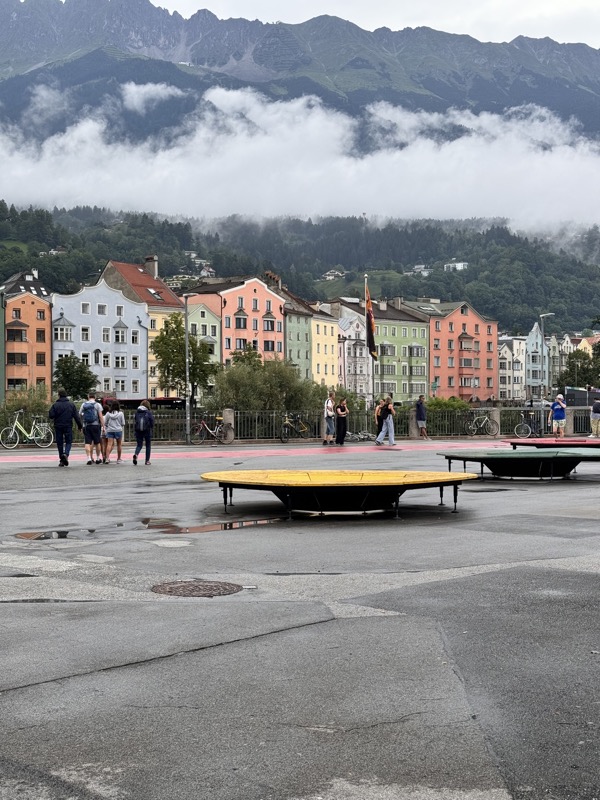
 Having seen a very similar show in 2022 from the corporate boxes on the west side of Lyon stadium, I was really keen to get a front on view, with enough elevation to be well over the top of any beer tents or raised sound booths etc. I kept coming back to the website until FINALLY it offered up some seats that matched the criteria … then the countdown was on!
Having seen a very similar show in 2022 from the corporate boxes on the west side of Lyon stadium, I was really keen to get a front on view, with enough elevation to be well over the top of any beer tents or raised sound booths etc. I kept coming back to the website until FINALLY it offered up some seats that matched the criteria … then the countdown was on! 






















































